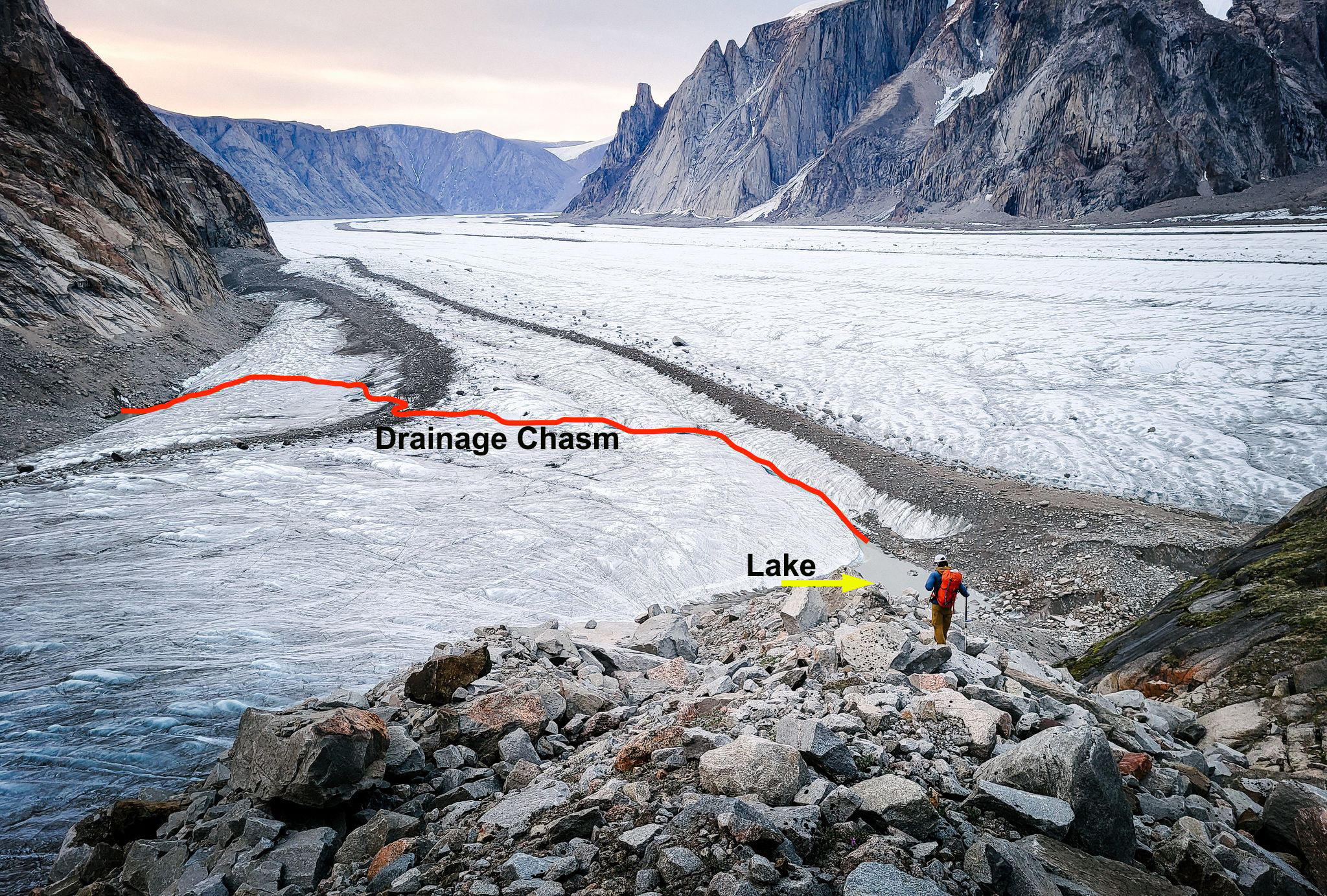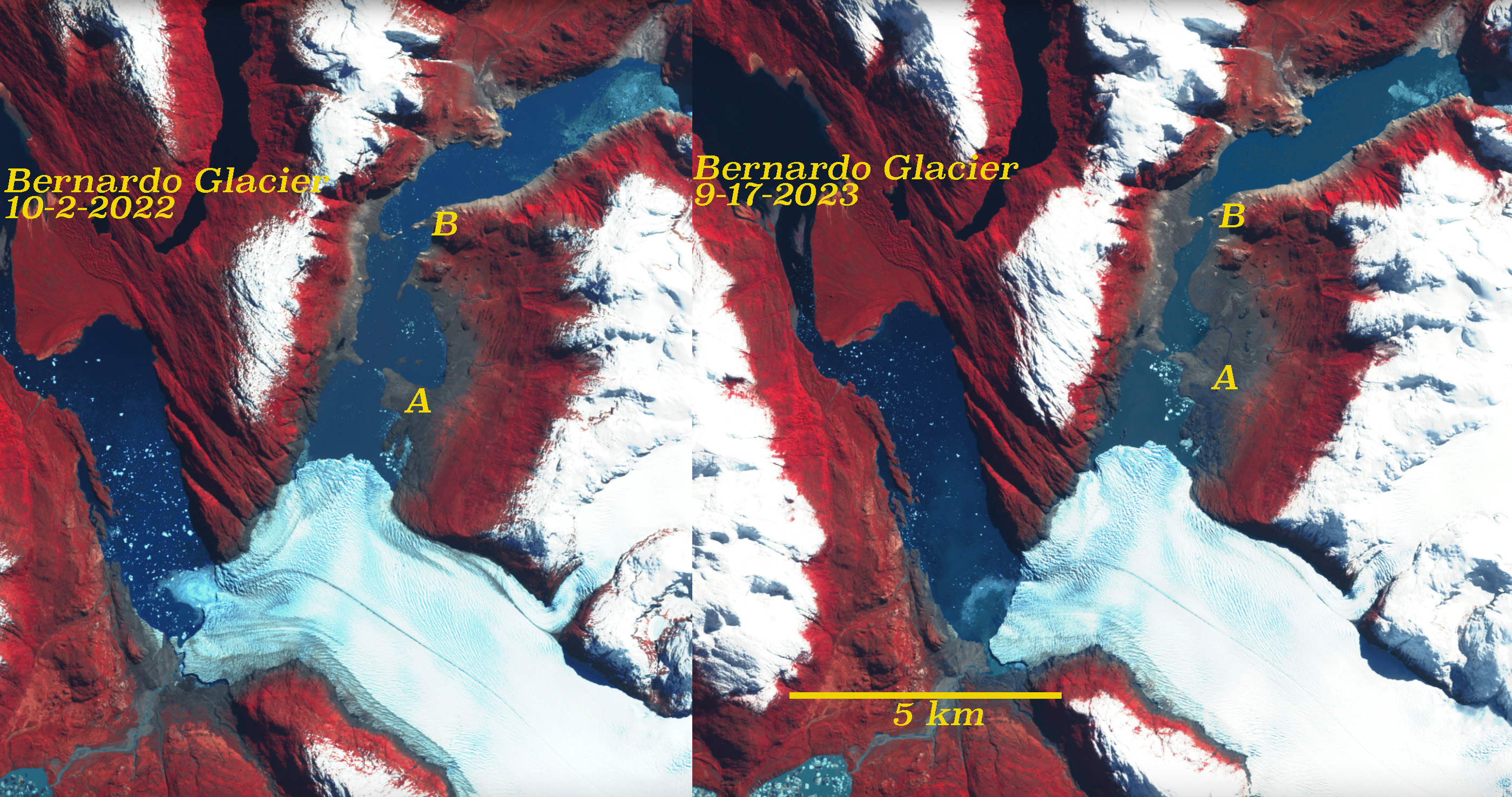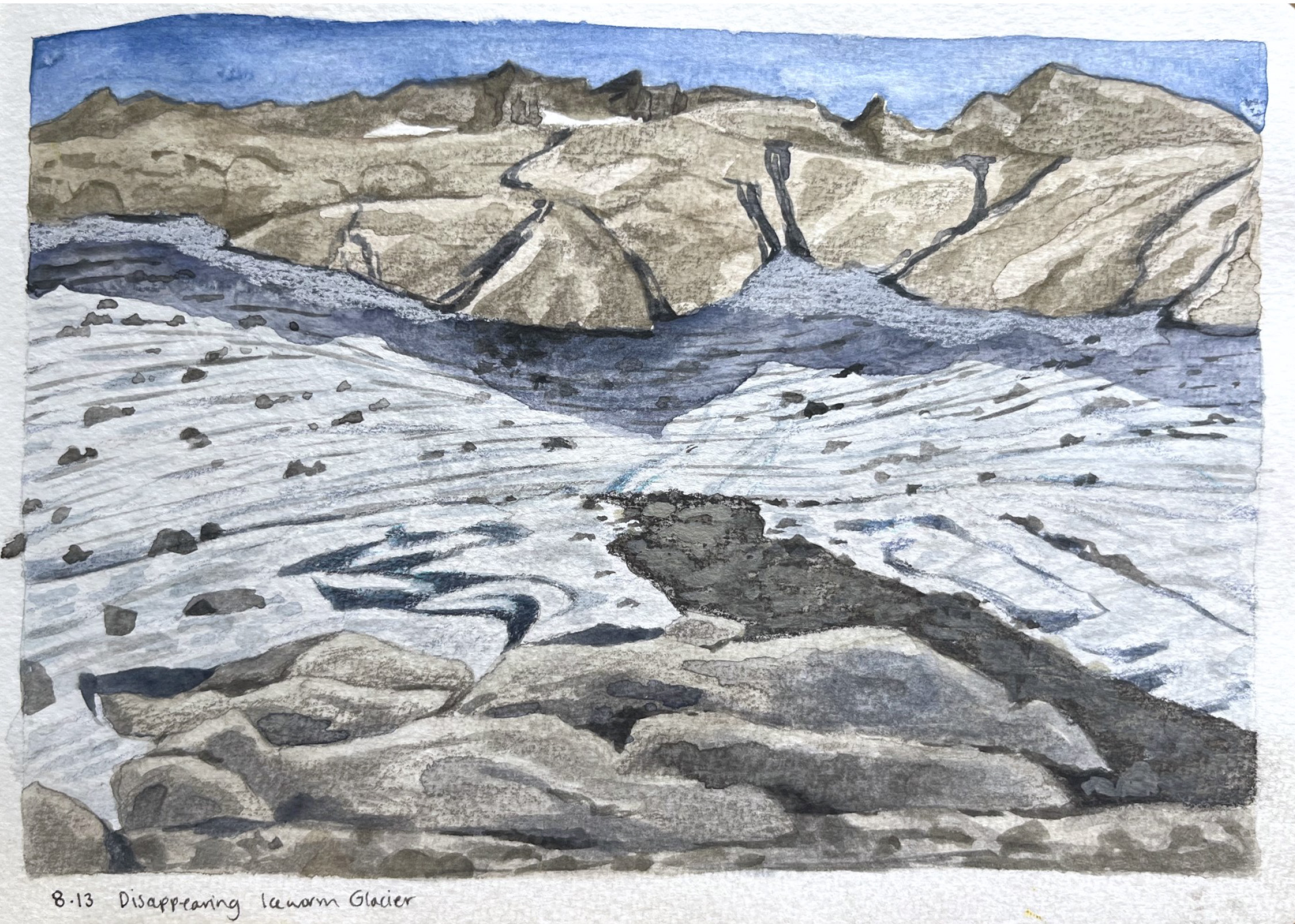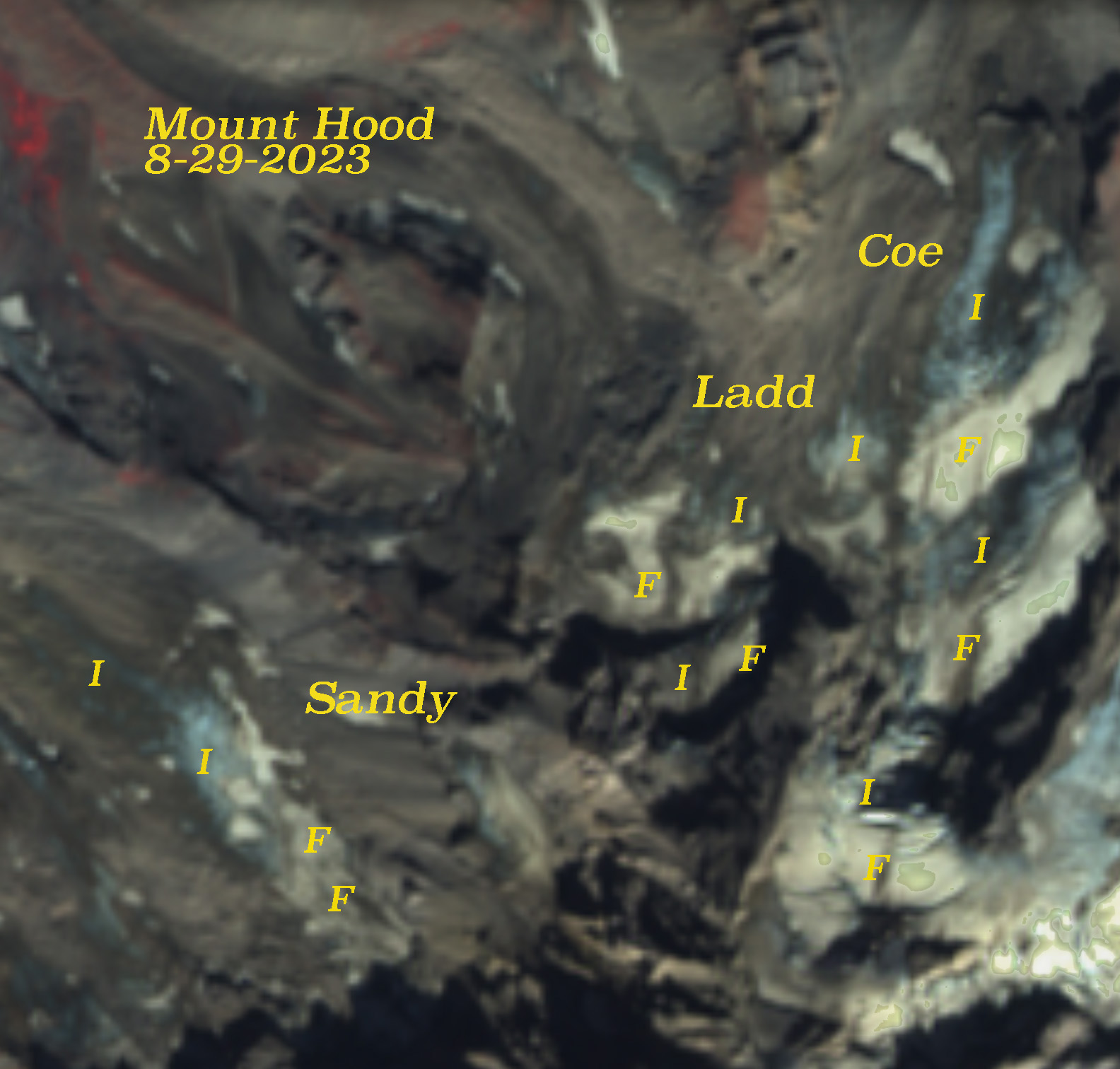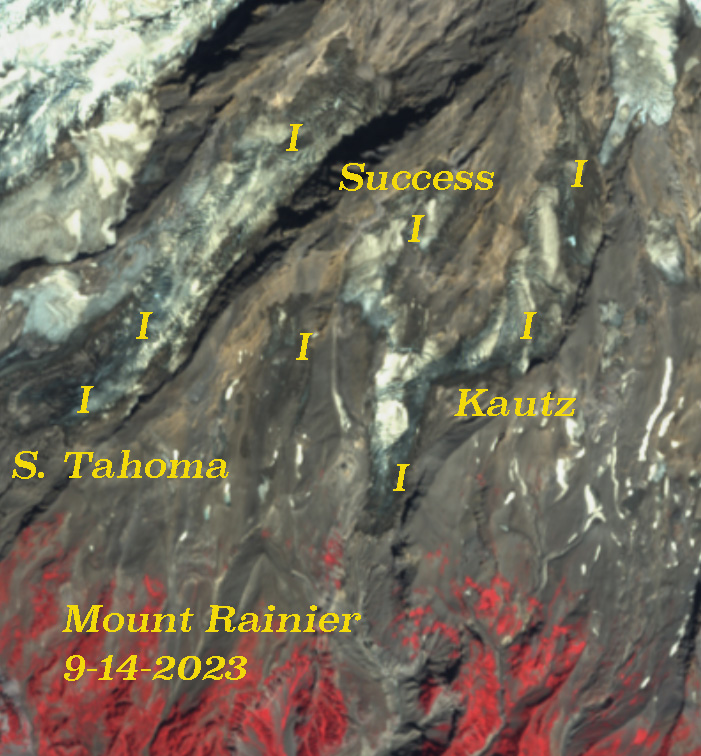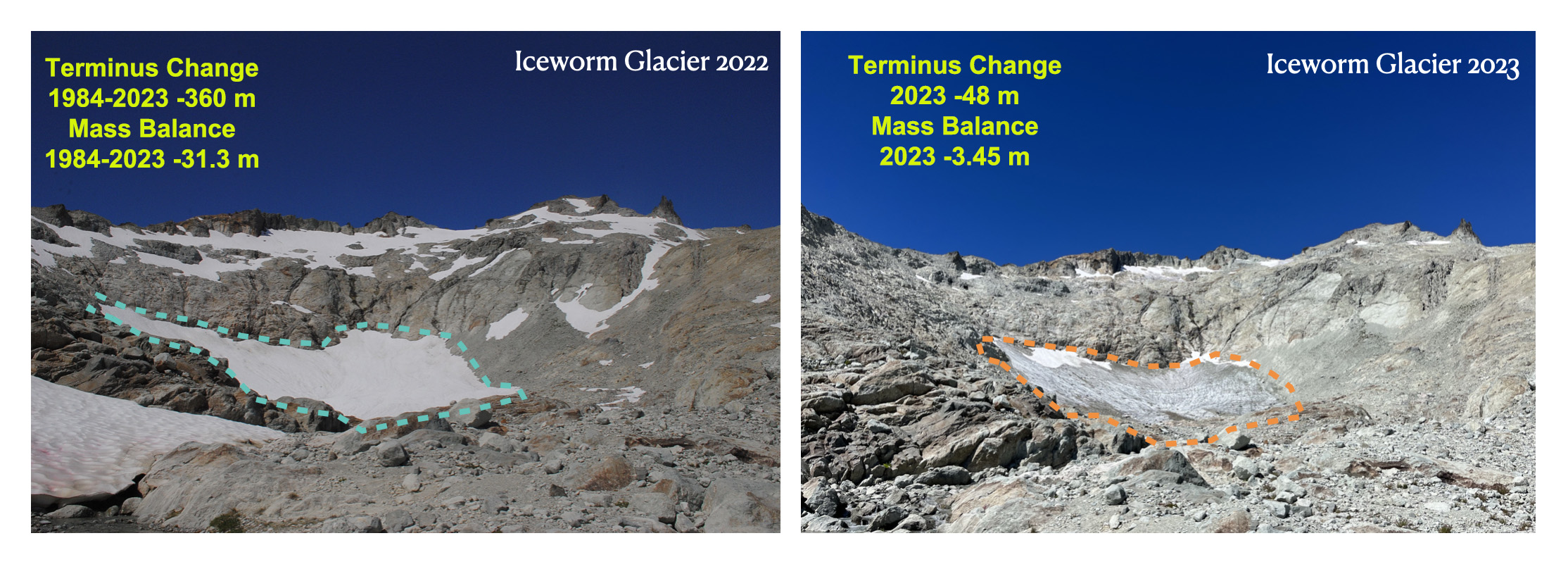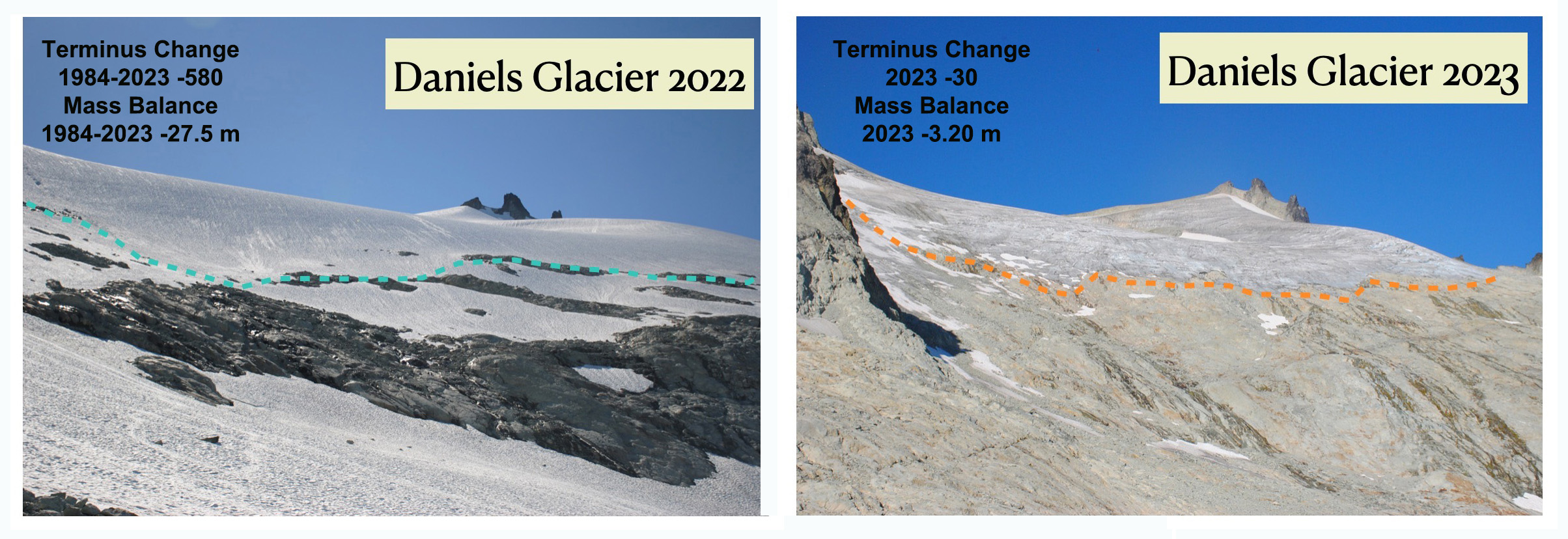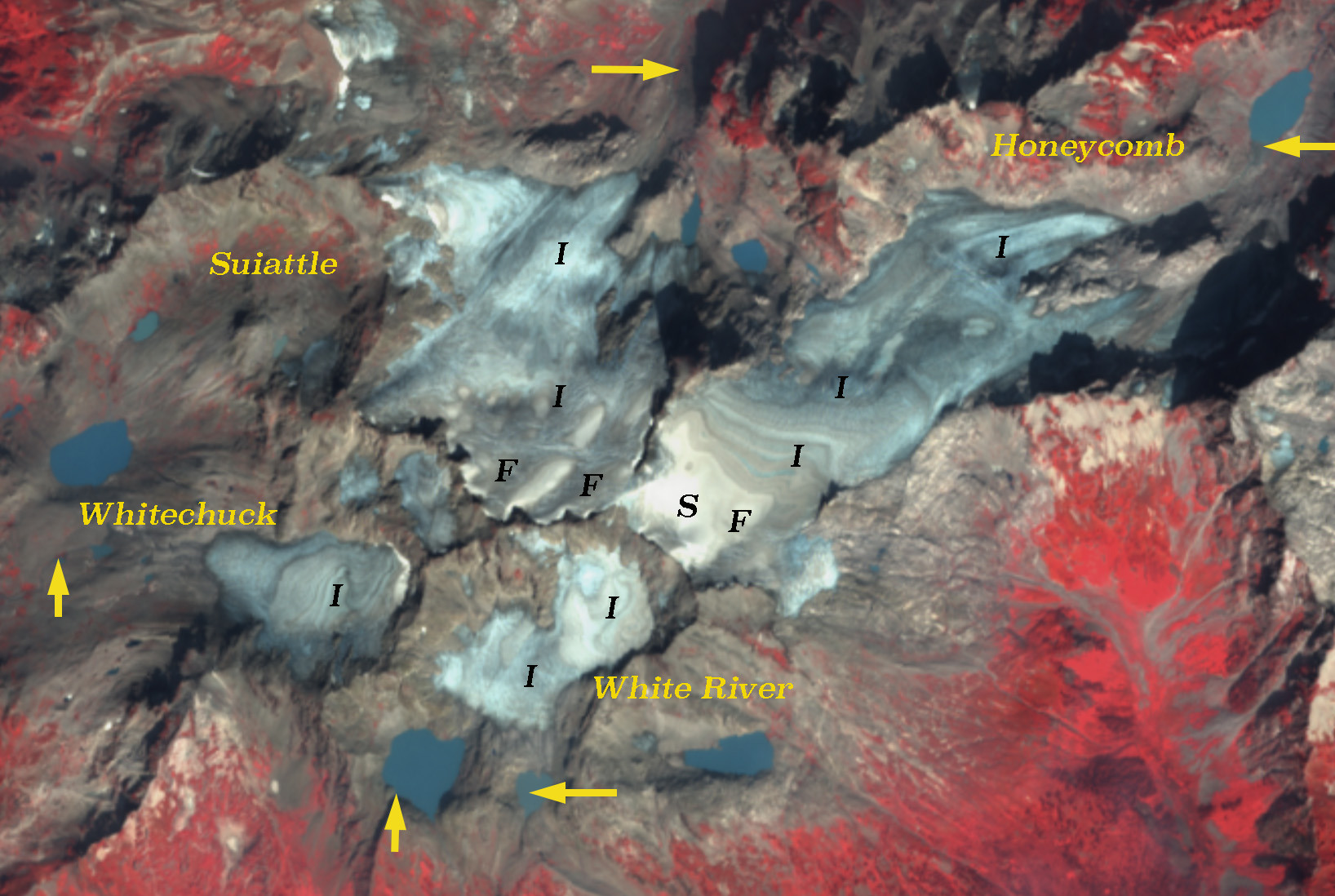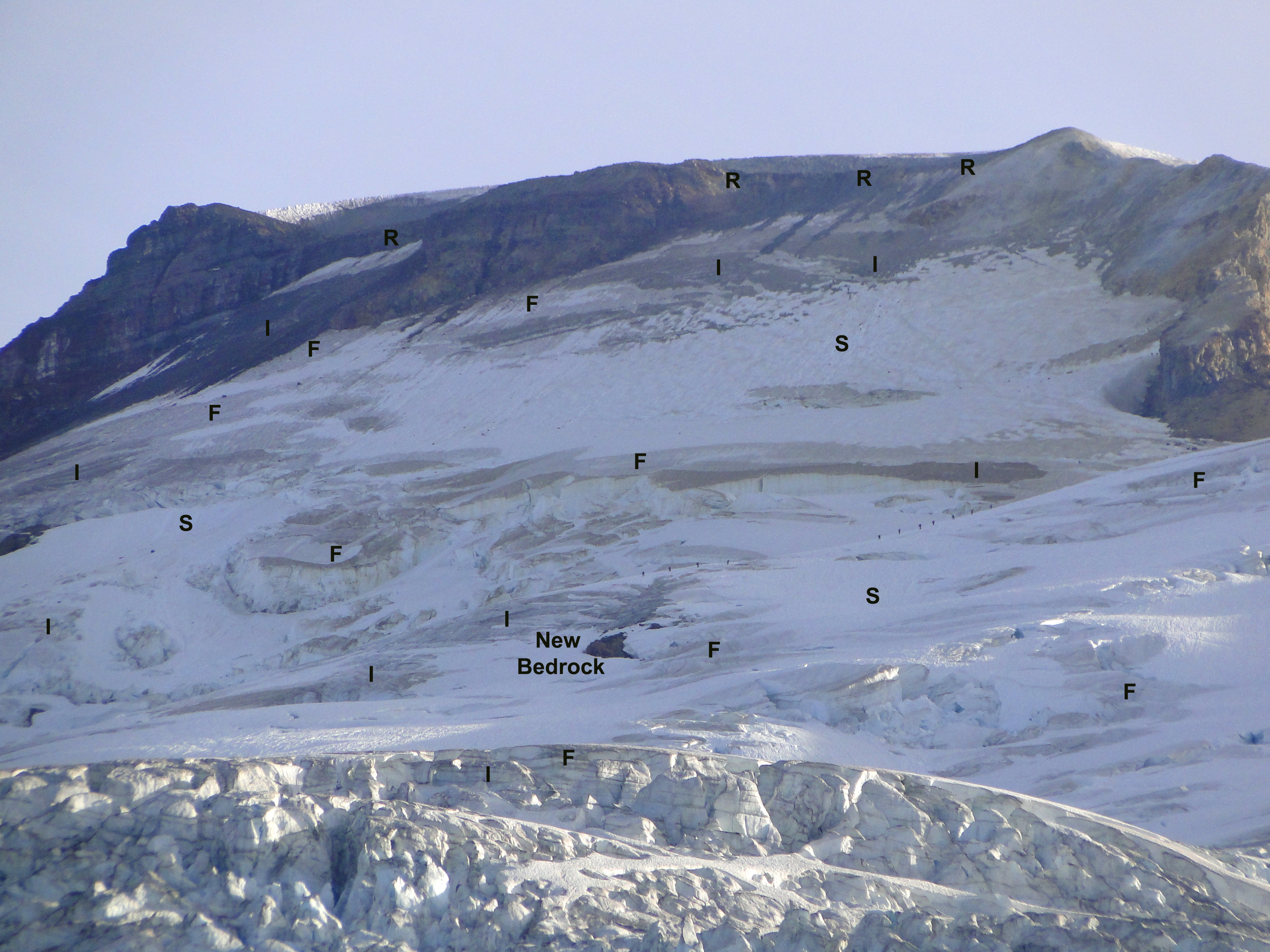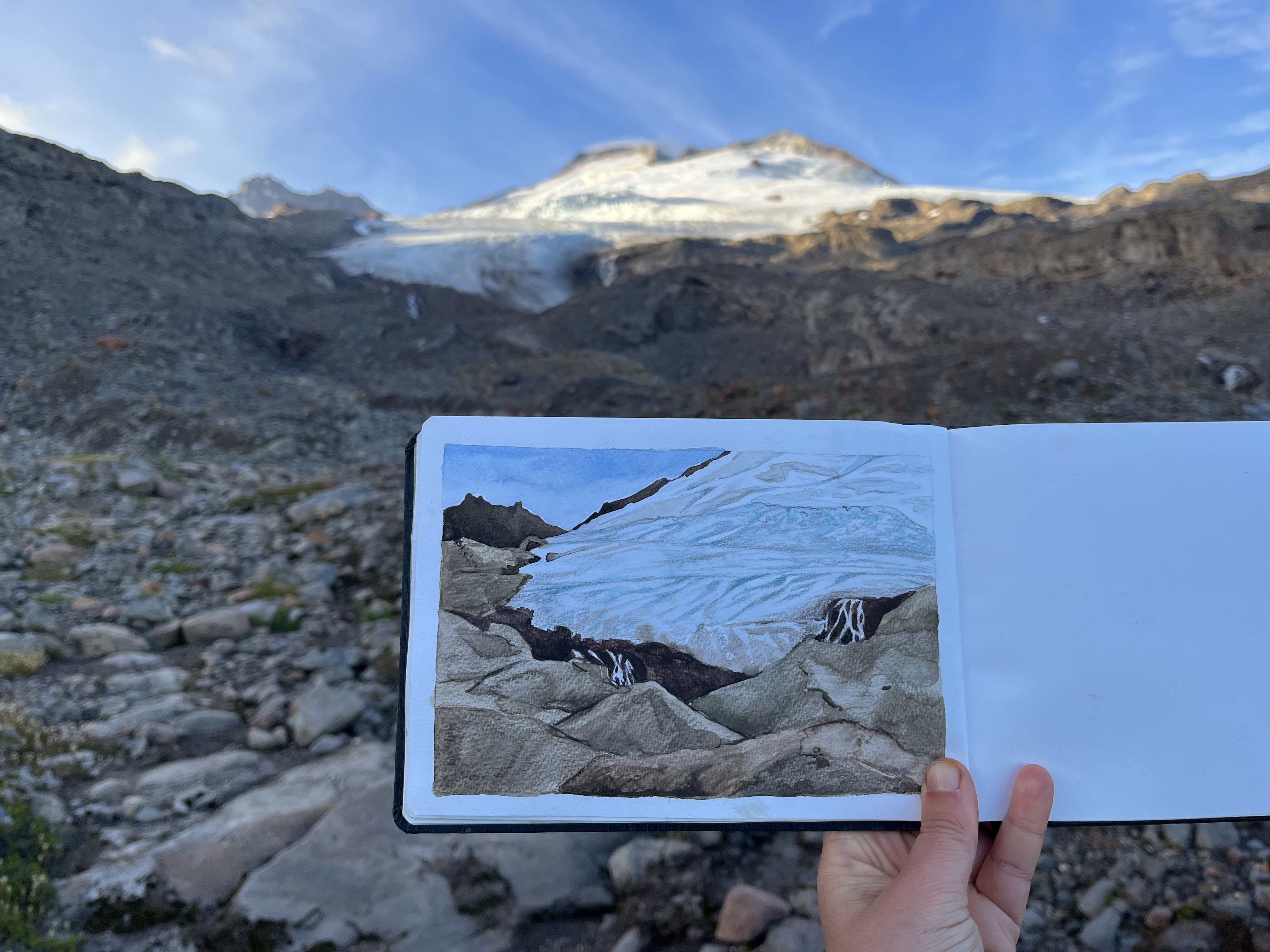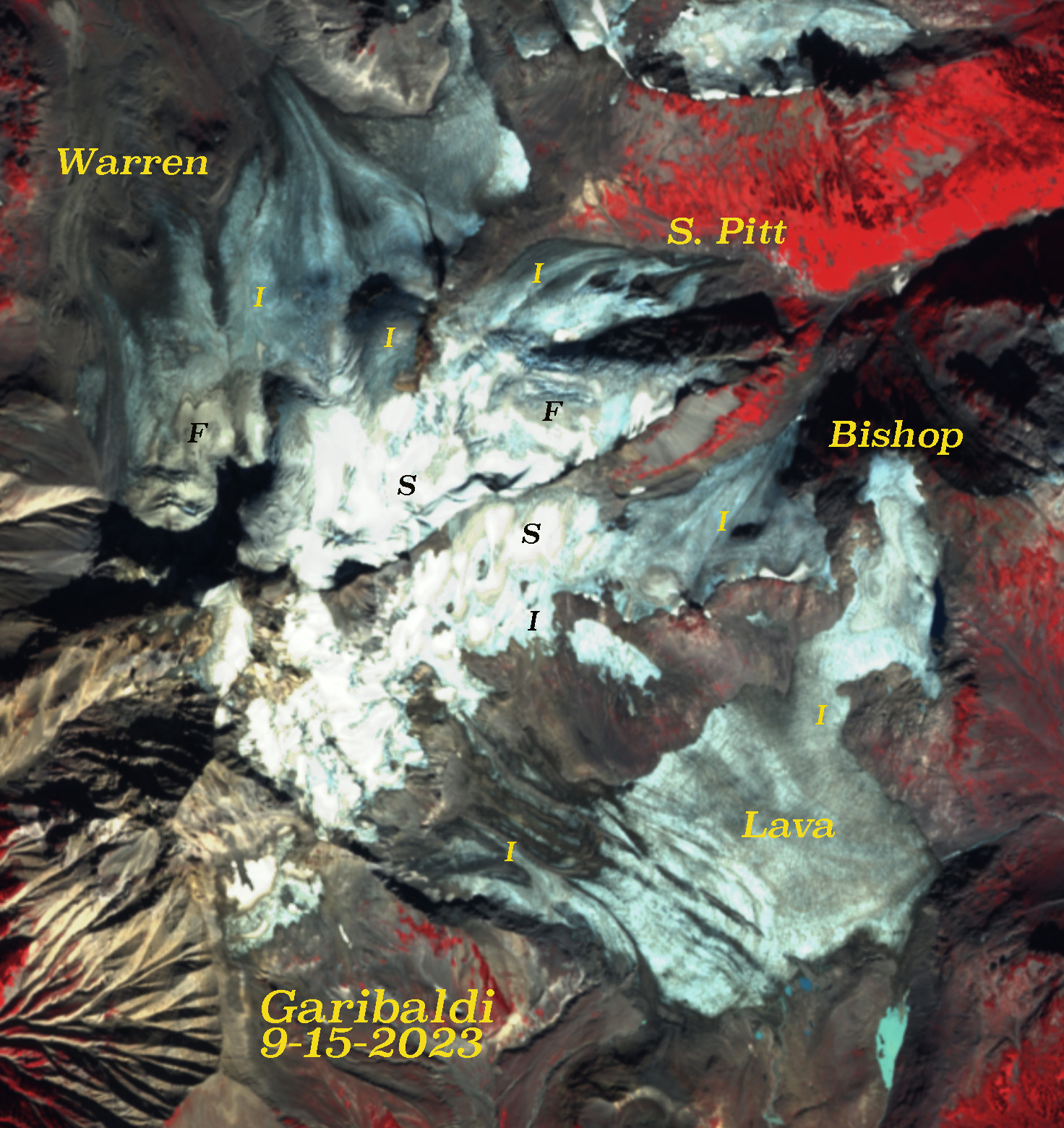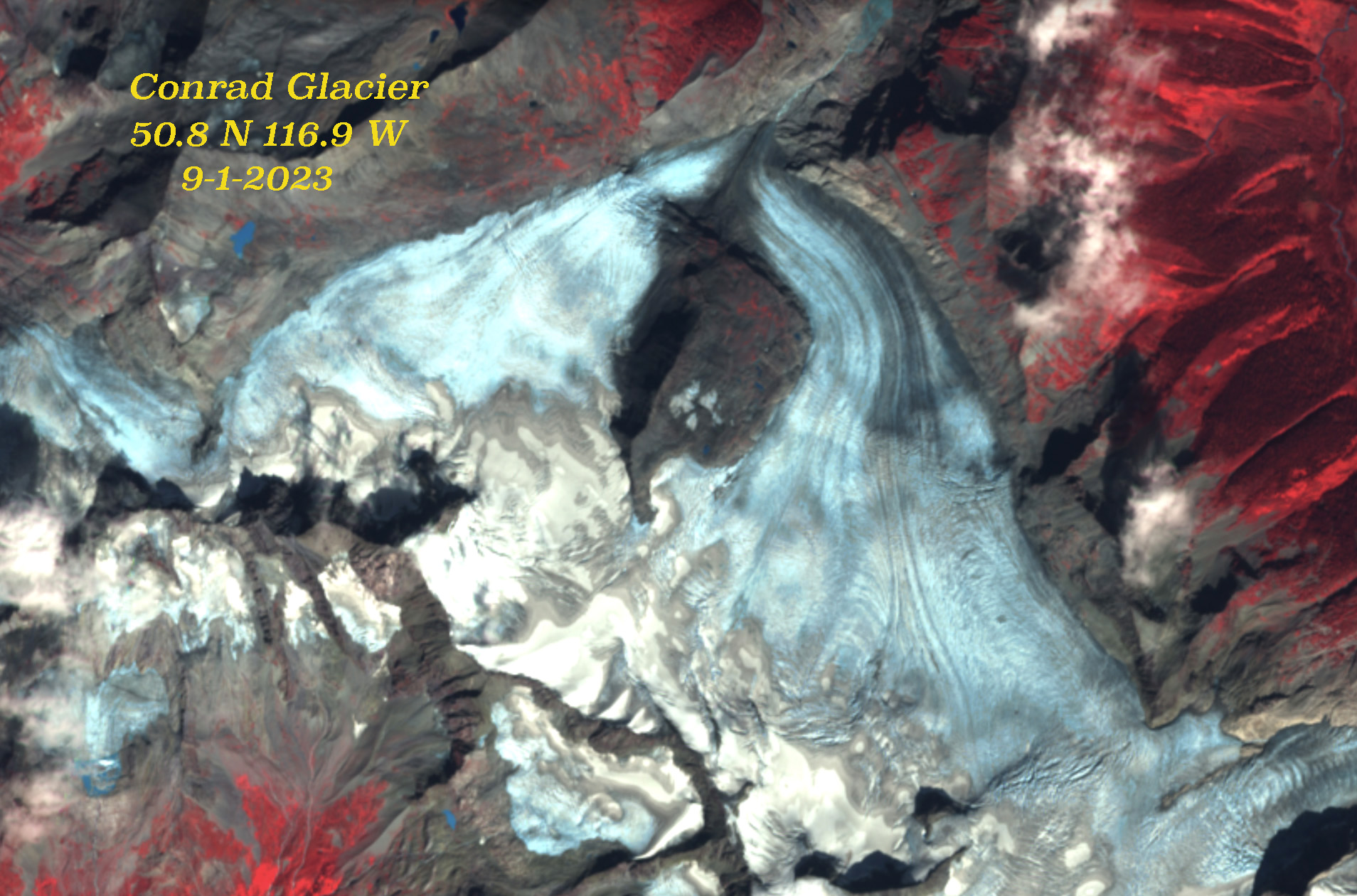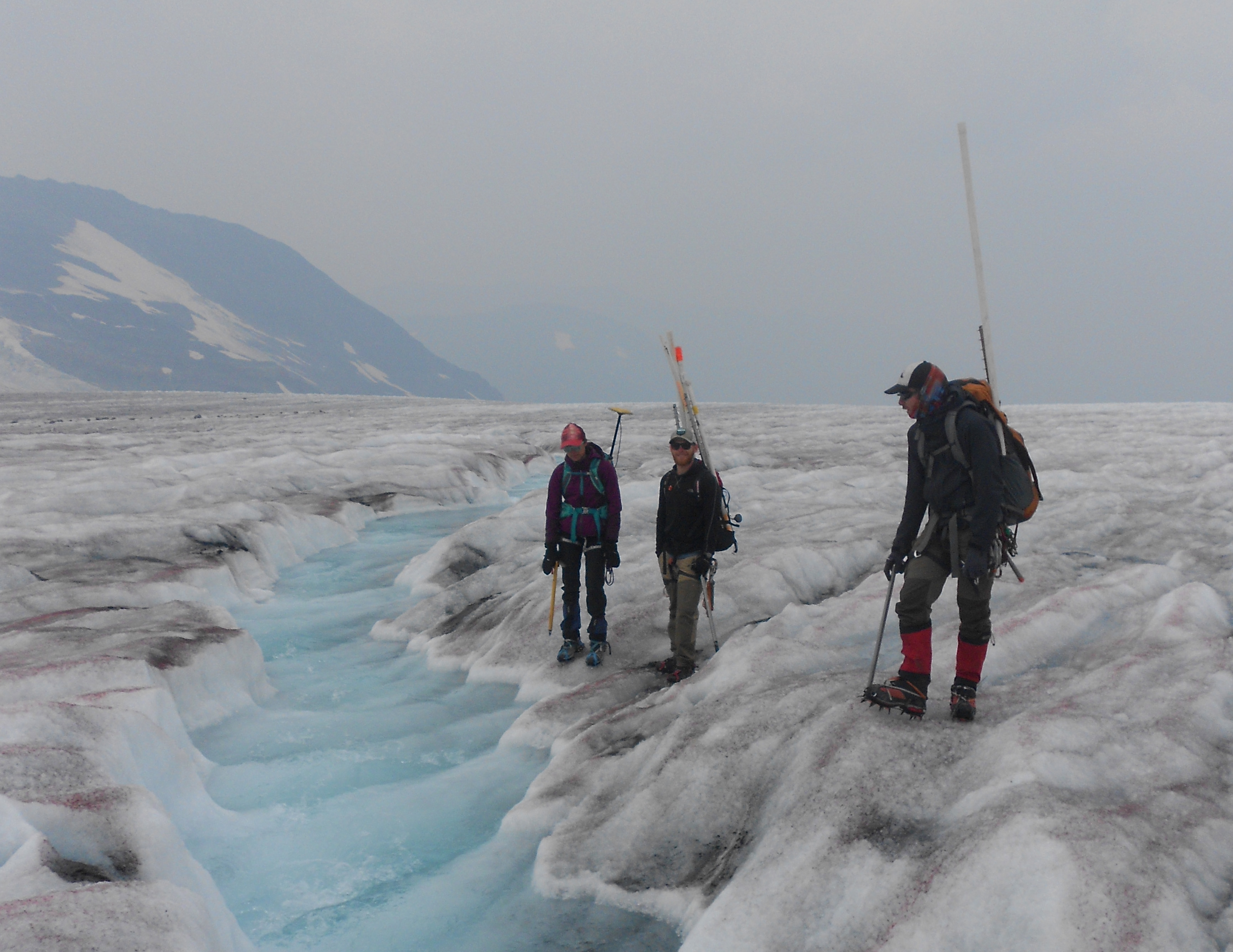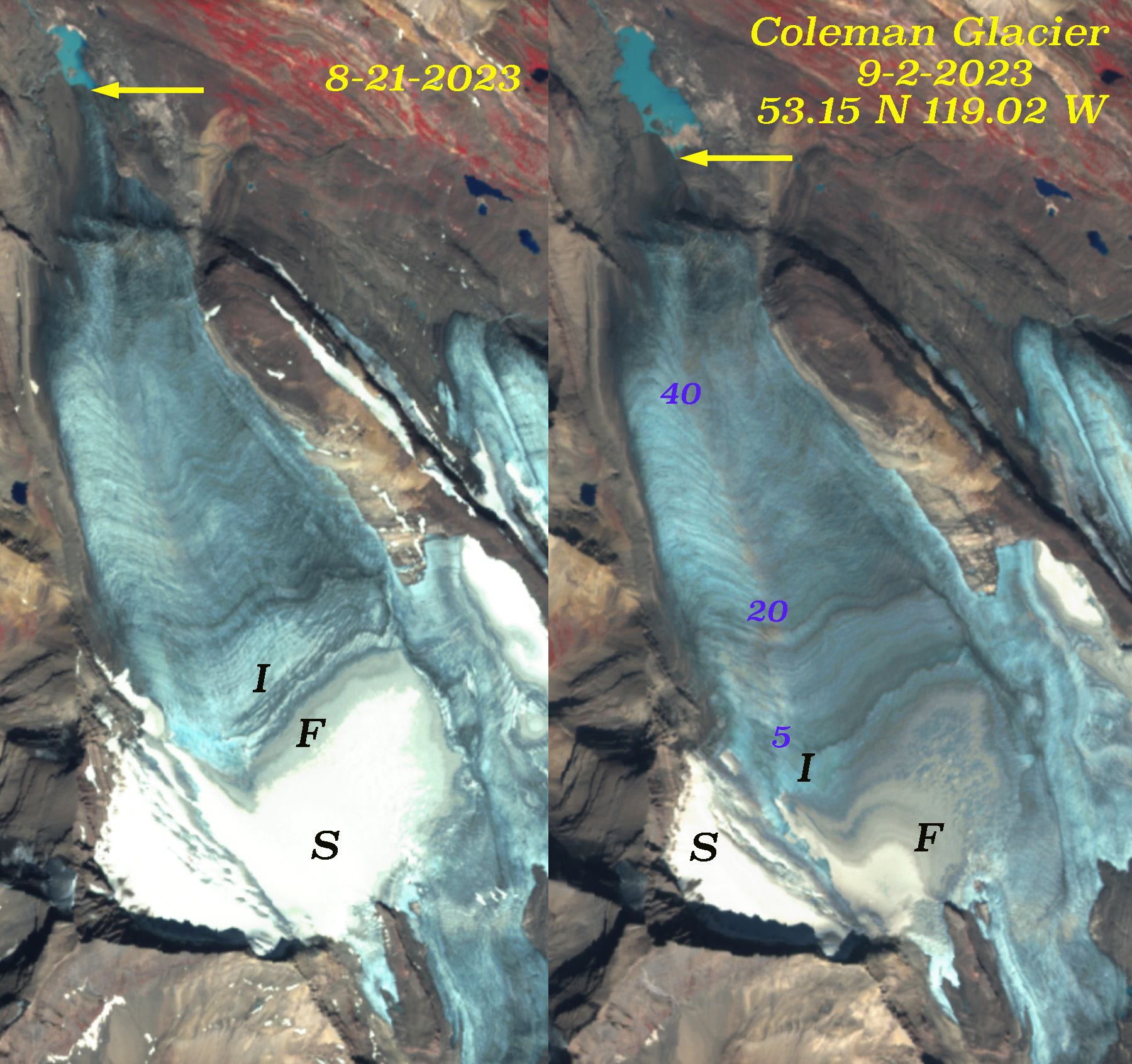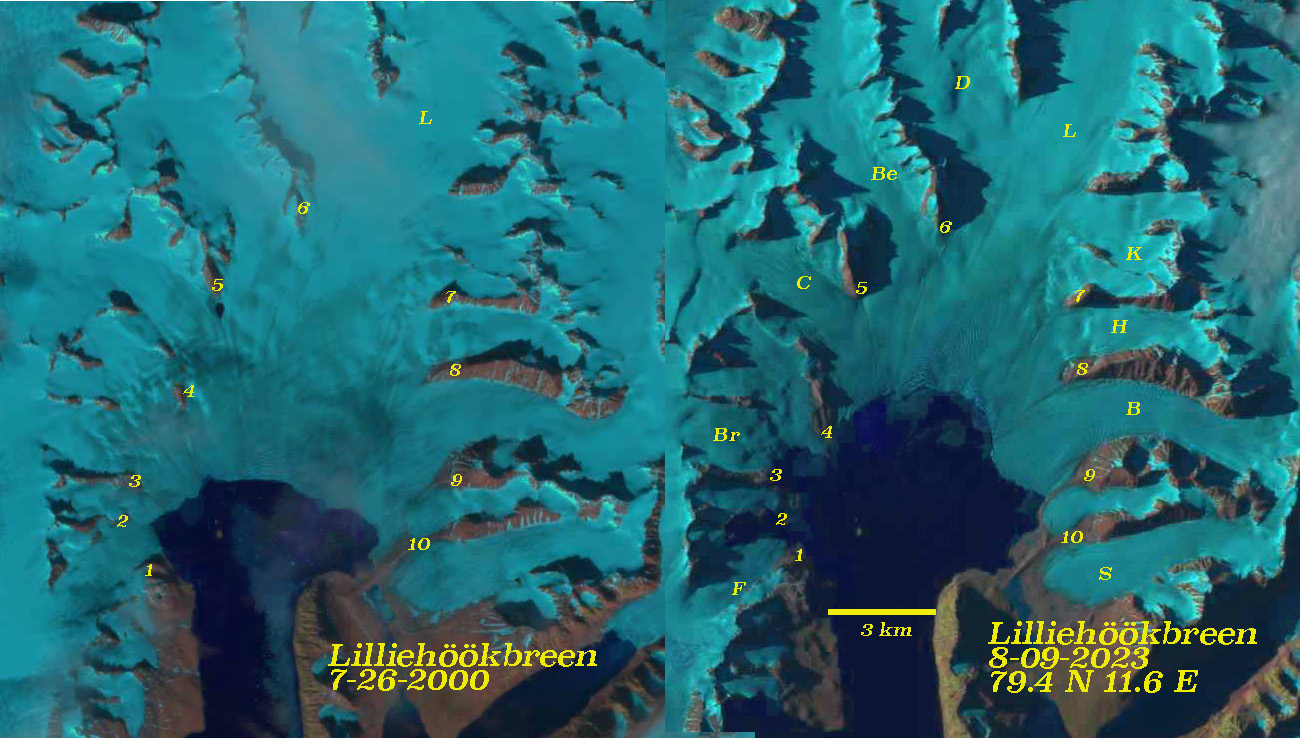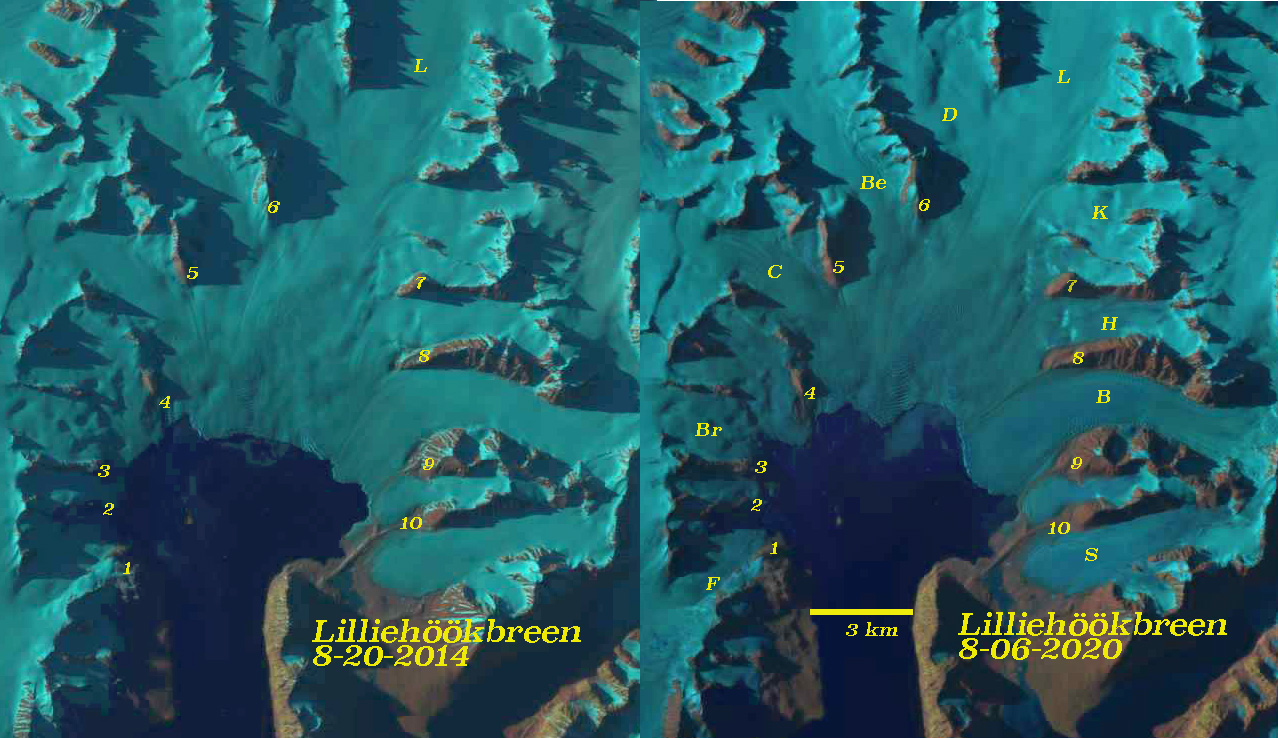
The snow line (yellow dots) on Mount Everest region glaciers on Feb. 11, 2024 in this Landsat image average 6040 m. This is a 200 m rise from October 22, 2023 and a 20 m rise since Jan. 10, 2024. The passes at Nangpa La and Nup La are both snow free.

The snow line (yellow dots) on Mount Everest region glaciers on Jan. 10, 2024 in this Landsat image average 6020 m. This is a 200 m rise from October 22, 2023. The passes at Nangpa La and Nup La are both snow free. The rise has occurred during a prolonged dry period, temperatures have been cold as is typical.
Mount Everest glaciers are summer accumulation-type glaciers with ~75% of annual precipitation occurring during the summer monsoon (JJAS). The summer monsoon period also has the highest melt rates at lower elevations on the glaciers. October has been considered the end of the melt season in the region, with limited precipitation in the post-monsoon and early winter season (October–December). Winters (DJF) are cold and dry, though they do have the most variable precipitation.
A rising snow line elevation on glaciers in the region from October to February indicates significant ablation occurring during the first half of the winter season on glaciers in the Mount Everest region. The series of weather stations on Mount Everest installed by the National Geographic Expedition-Perpetual Planet in 2019 and with repeated updates and maintenance since provides the ability to put the snow line change in context of the local conditions for the first time. higher snow line at the end of summer monsoon season in 2020 and 2023, combined with warmer post-monsoon, and dry winter conditions, can drive a snow line to rise from October into the winter on Himalayan glaciers, thus extending the melt season (Pelto et al 2022). An examination of winter weather conditions from stations on Mount Everest documented that substantial sublimation rates with losses up to 2.5mm/day occur (Tenzing Chogyal Sherpa et al 2023).

The snow line (yellow dots) on Mount Everest region glaciers on Jan. 17, 2021 in this Landsat image average 6150 m. This was a 250 m rise from Oct. 13, 2020. The passes at Nangpa La and Nup La are both snow free. The rise has occurred largely during a period of record winter warmth extending from Dec. to Jan.
On Oct. 22, 2023 a Landsat image allowed identification of the snow line on Everest region glaciers, which averaged 5800 m. From Nov. 1-2023 to Jan 20, 2024 there has been less than 25 mm of precipitation at Everest Base Camp (5315 m), this persistent dry period had one period of warm weather from Dec 14-Dec. 22, with six days exceeding 0 °C. From Dec 23-Jan 20 winter, temperatures have remained below 0 °C. Daily images from. The EBC weather station have yielded a nearly continuous series of clear sky days. The result has been sustained sublimation that is important for snow loss, despite the low temperatures solar radiation does generate ablation even when temperatures do not exceed 0 °C for ice, and snow in regions with significant debris material (Matthews et al 2020). The result the average glacier snow line has risen above 6000 m by January 10, 2024 and has remained above this level into Februrary 2024.
During the 2020/2021 winter the snow line rose an average of over 200 m from 13 October 2020 to 17 January 2021, with freezing levels indicating ablation to ~6000 m (Pelto et al 2022). This snow line rise was driven by a combination of dryness and warm temperatures, with ERA5 reanalysis temperature reconstructions for Everest Base Camp (5315 m) for the 1950–February 2021 period indicating that six days in the January 10–15 period in 2021 fell in the top 1% of all winter days since 1950, with January 13, January 14, and January 12, being the first, second, and third warmest winter days. Note in the graph below that temperatures rose above 0 °C on 11 consecutive days. The temperature also exceeded 0 °C on seven days in December.
In 2020/21 the conditions remained warm and dry into mid-January (Pelto et al 2022), while in 2023/24 the conditions have been cooler and dry. In both cases the rising snowline is the result of sublimation. Relative humidity measured at the has averaged less than 20% at the EBC in January 2024 (National Geographic-Perpetual Planet), this increases the potential for sublimation and reduces potential for melting..

Elevation of the snow line on Everest region glaciers determined from Landsat images of 10/13/2020, 1/17/2021, 10/22/2023 and 1/10/2024.
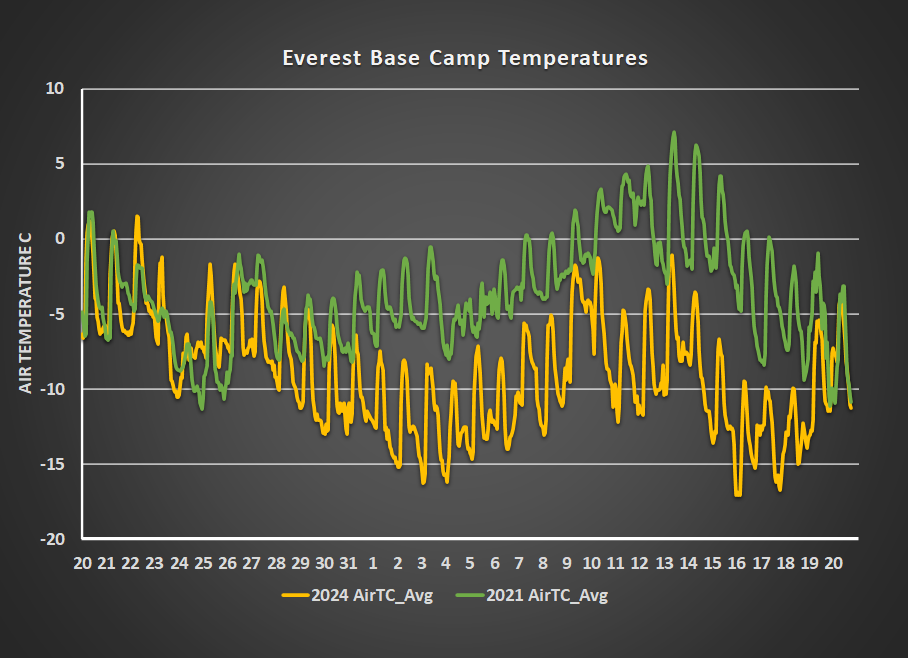
Everest Base Camp weather data from the Everest Weather Station Network, National Geographic
This data is supplied by Tom Matthews (Kings College, London), and Baker Perry (Appalachian State University).

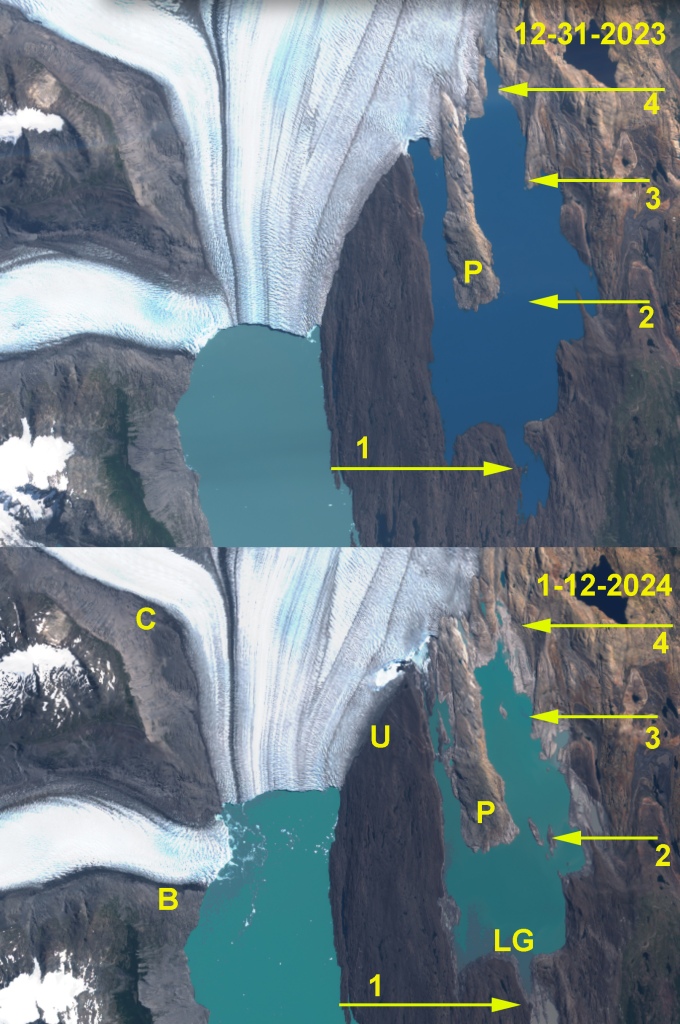
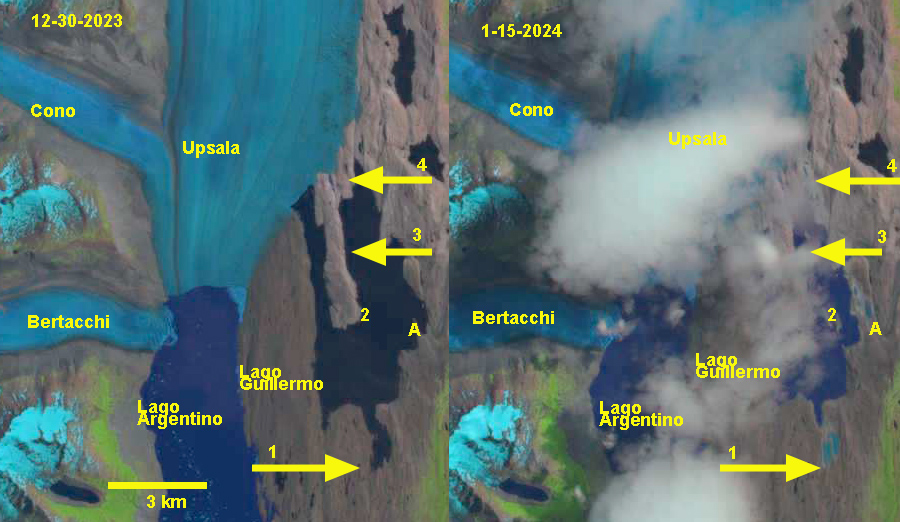




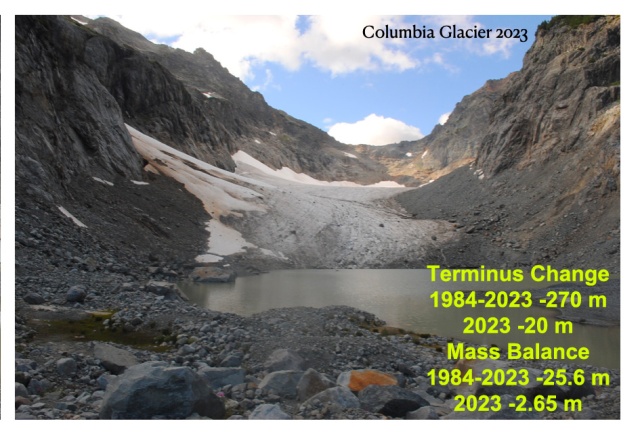



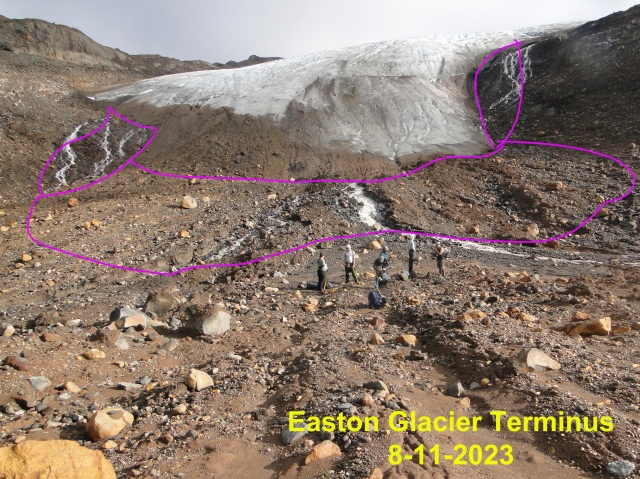
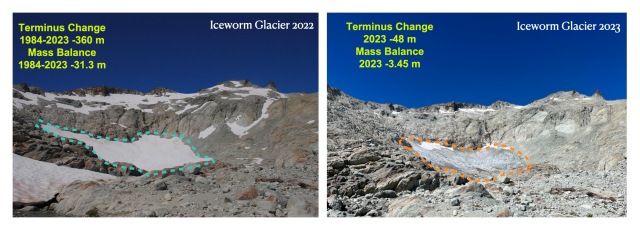
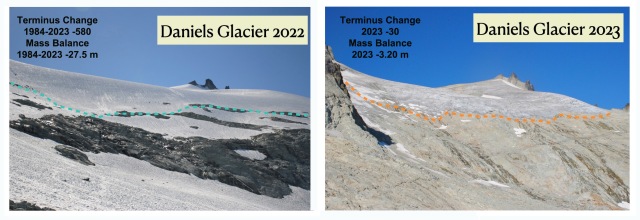


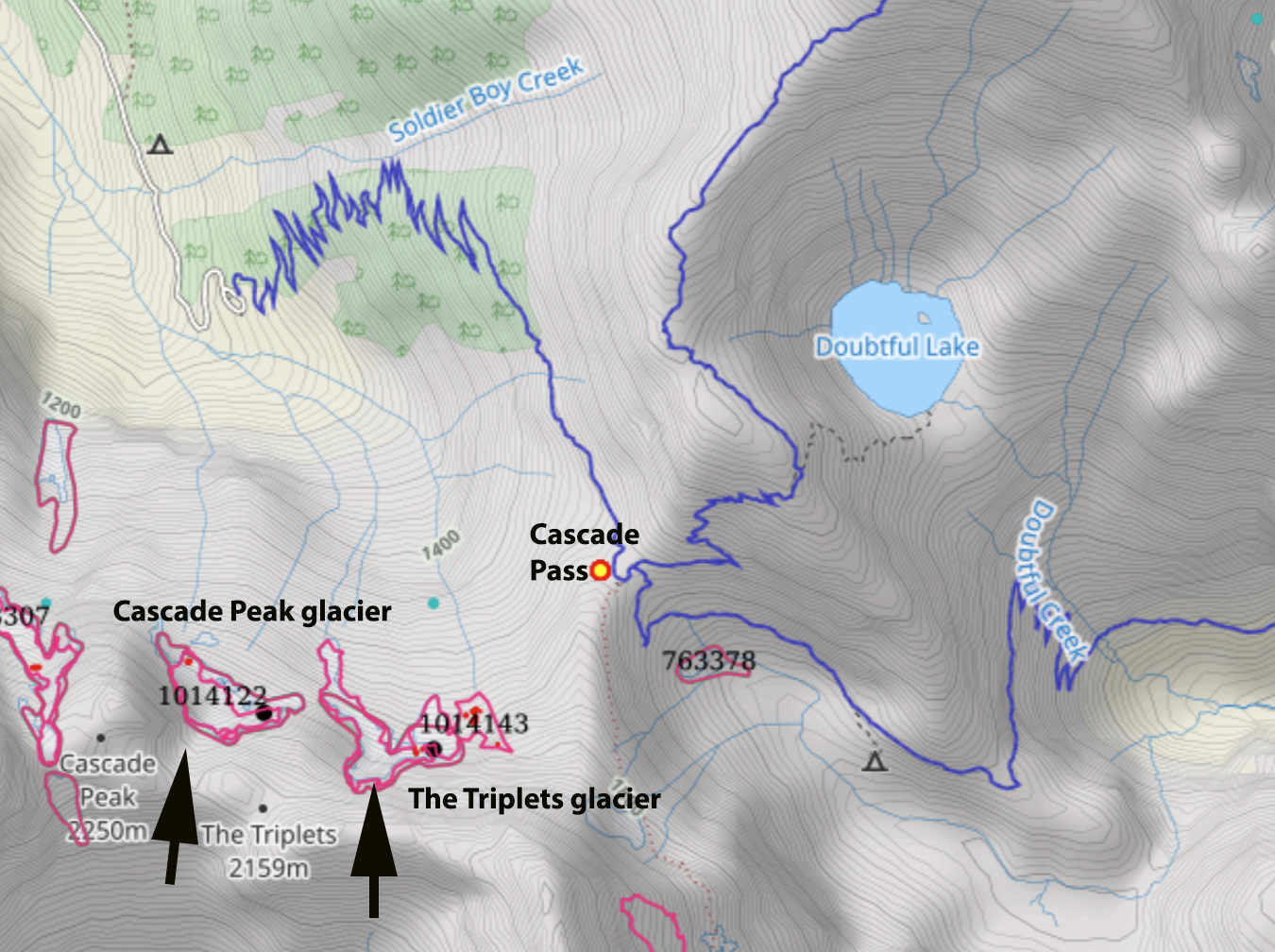
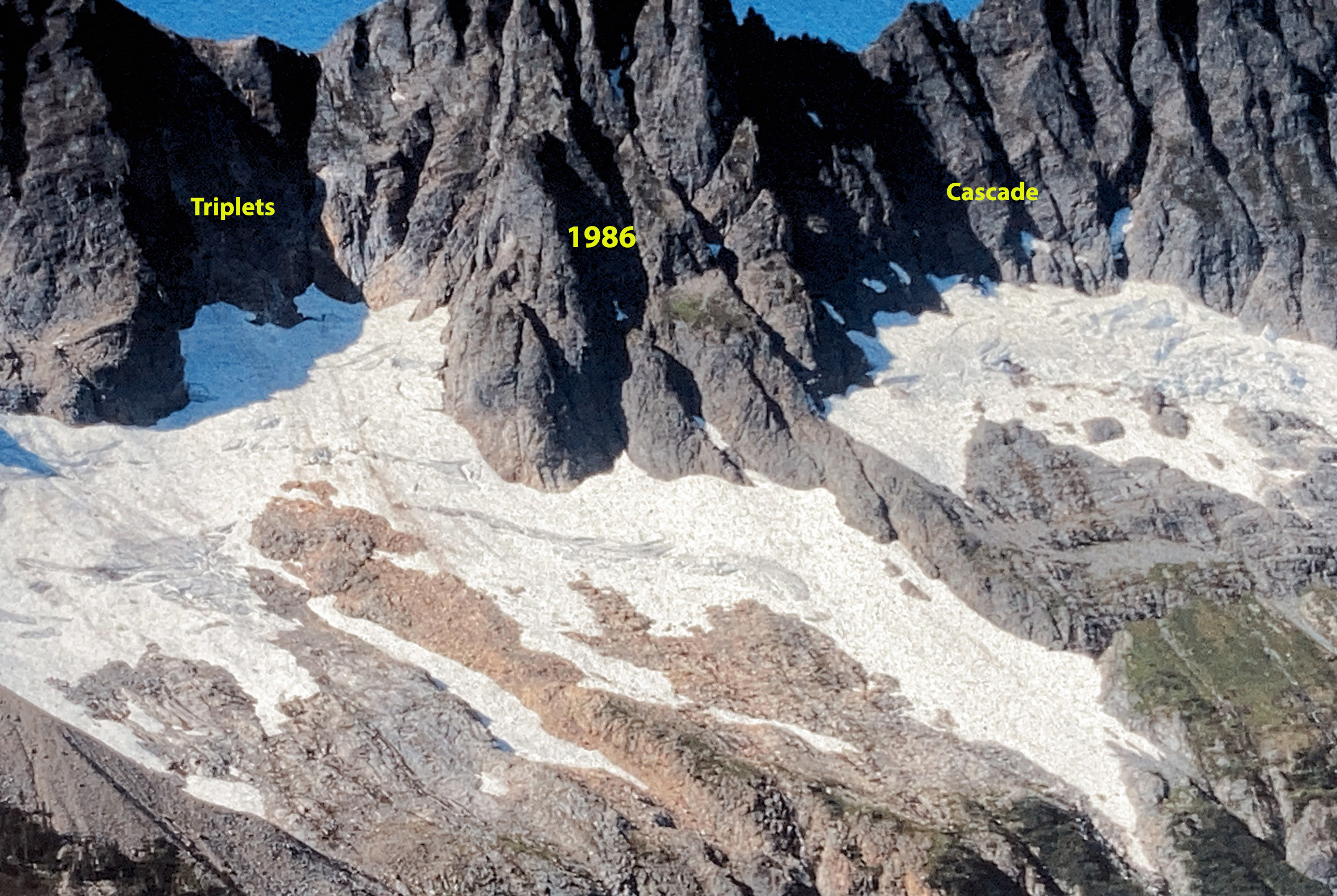
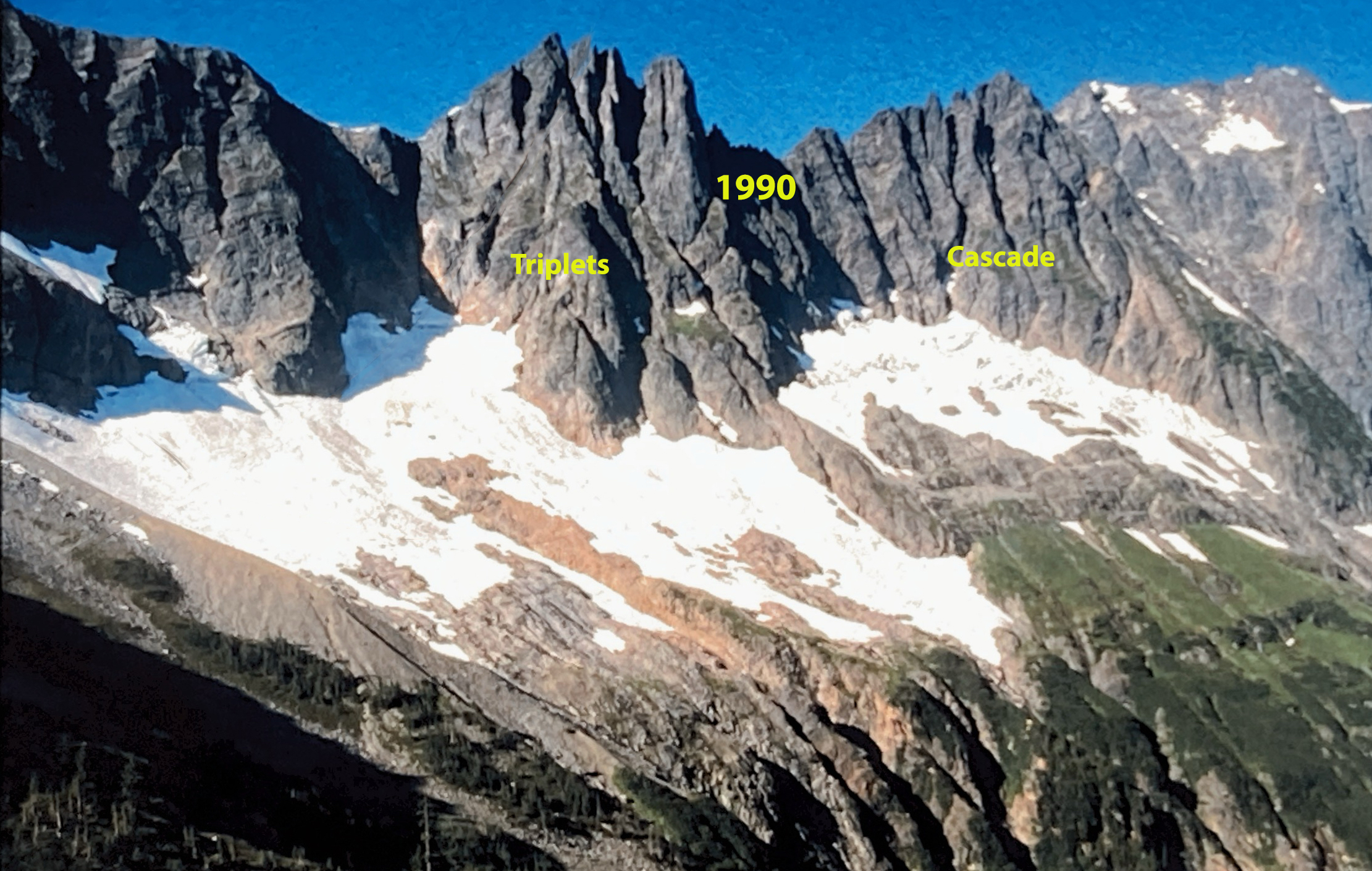 The Triplets and Cascade Peak glacier with significant retained snowcover in 1990 image I took from near Cascade Pass.
The Triplets and Cascade Peak glacier with significant retained snowcover in 1990 image I took from near Cascade Pass.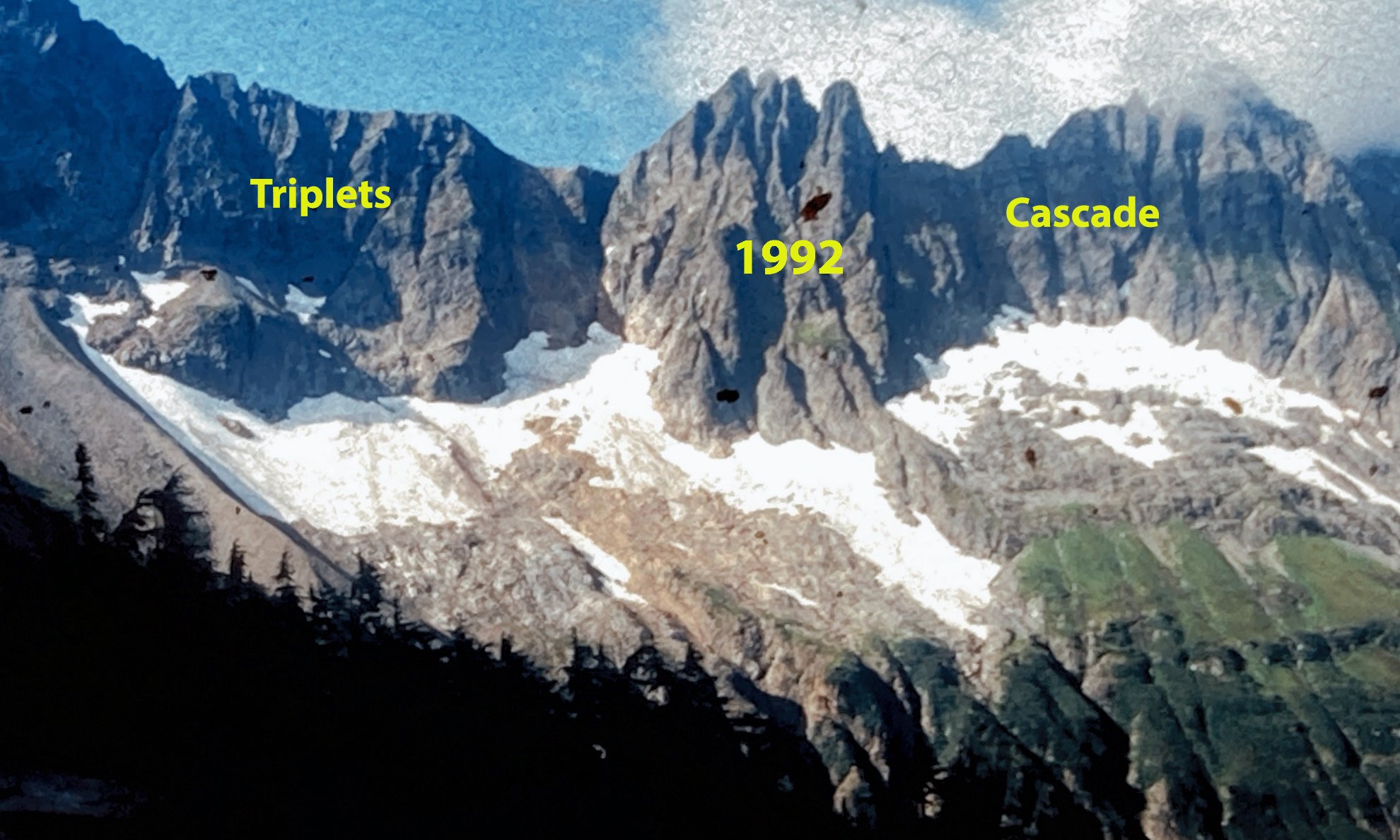
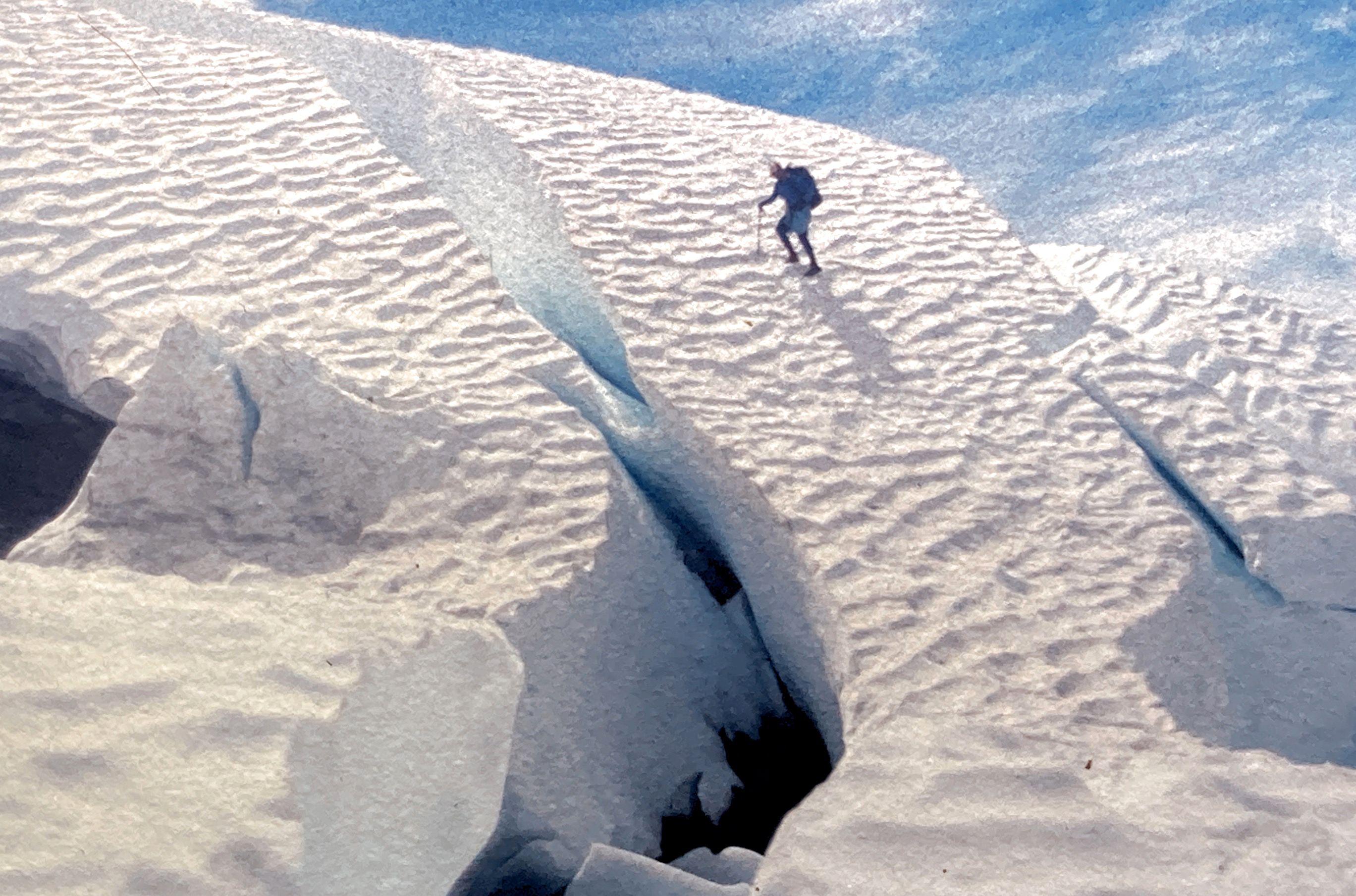
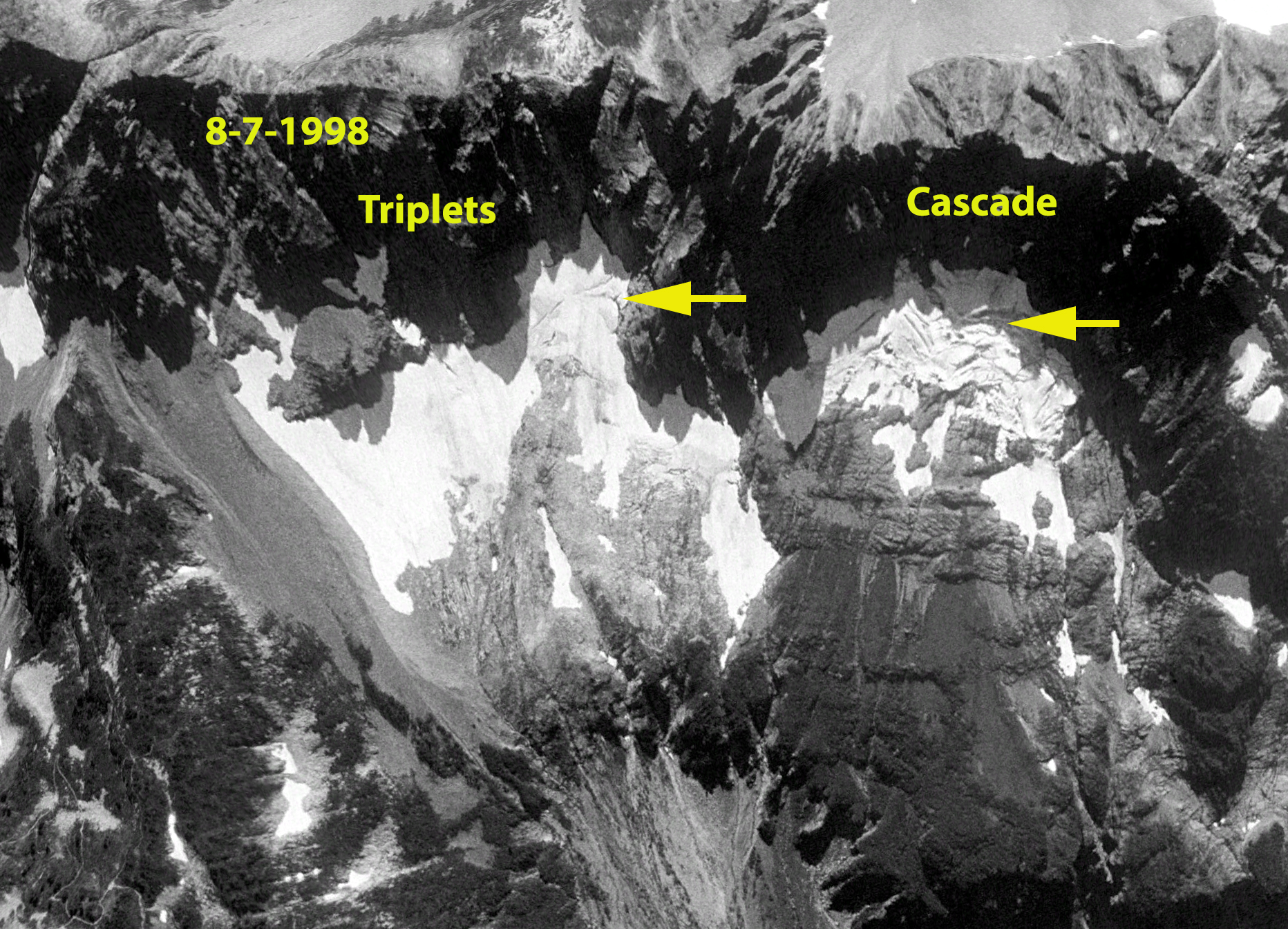

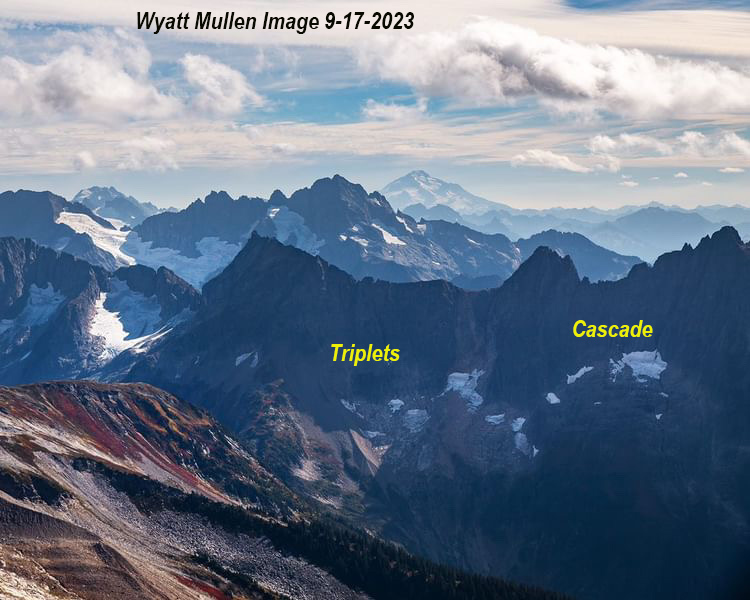
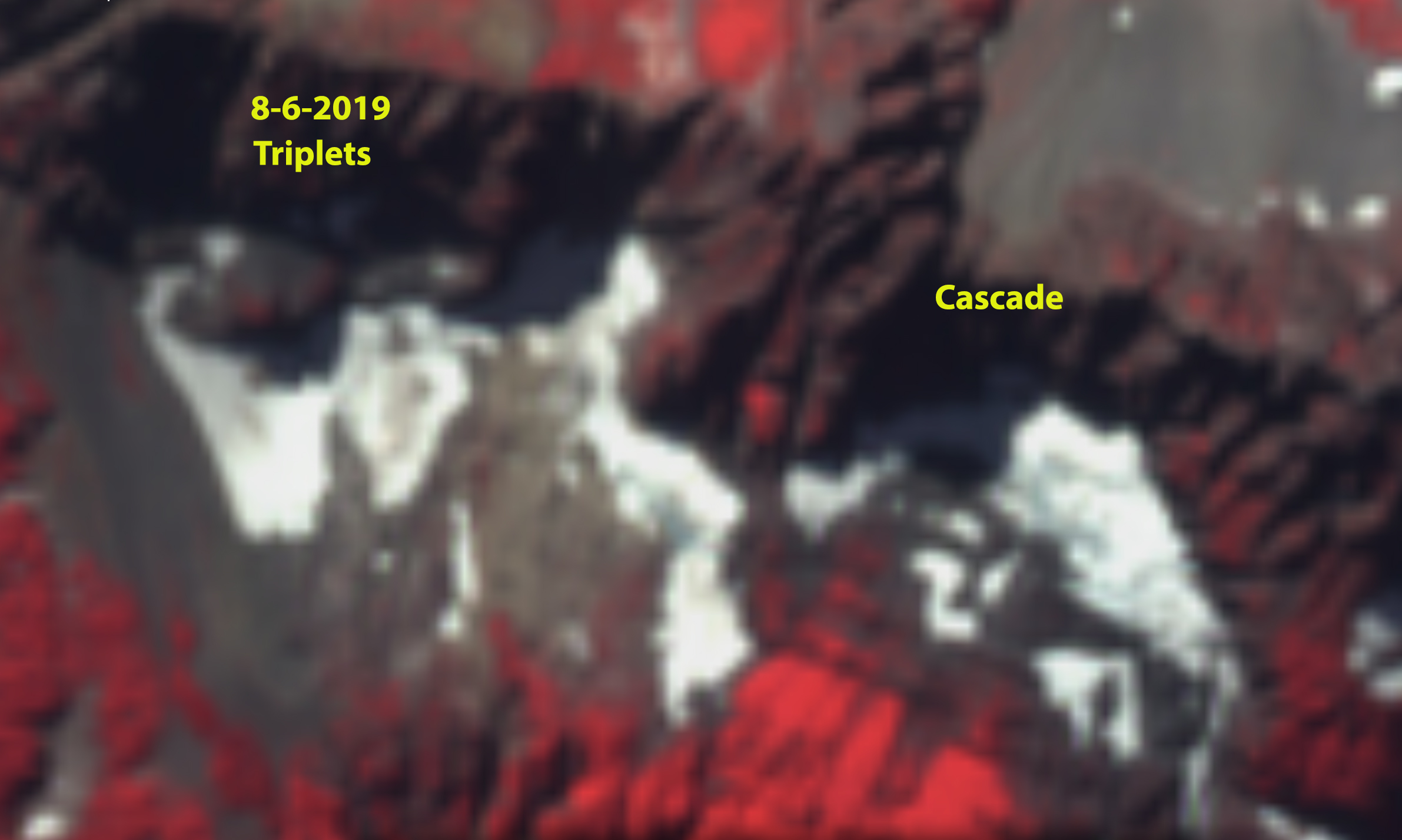
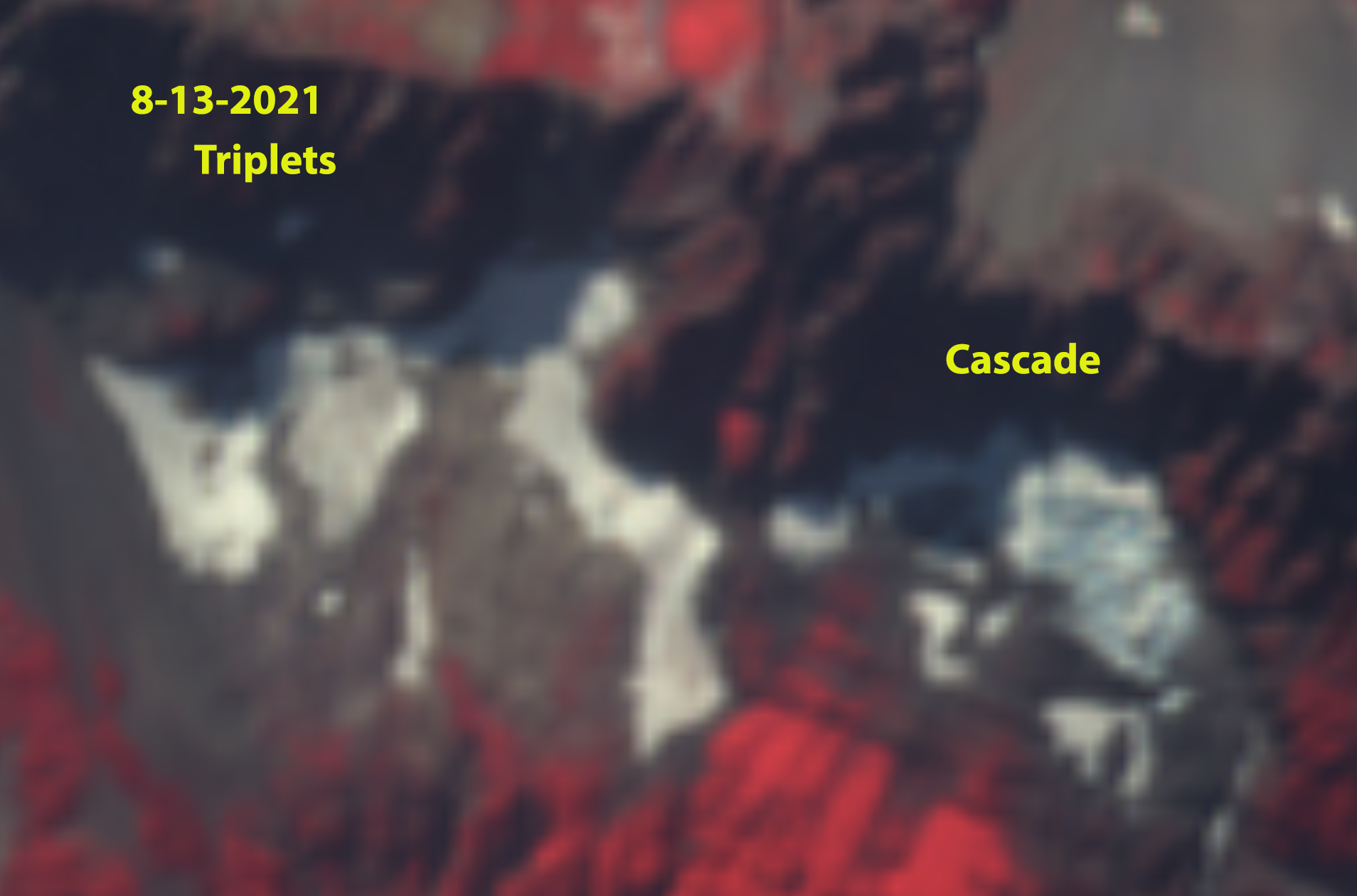
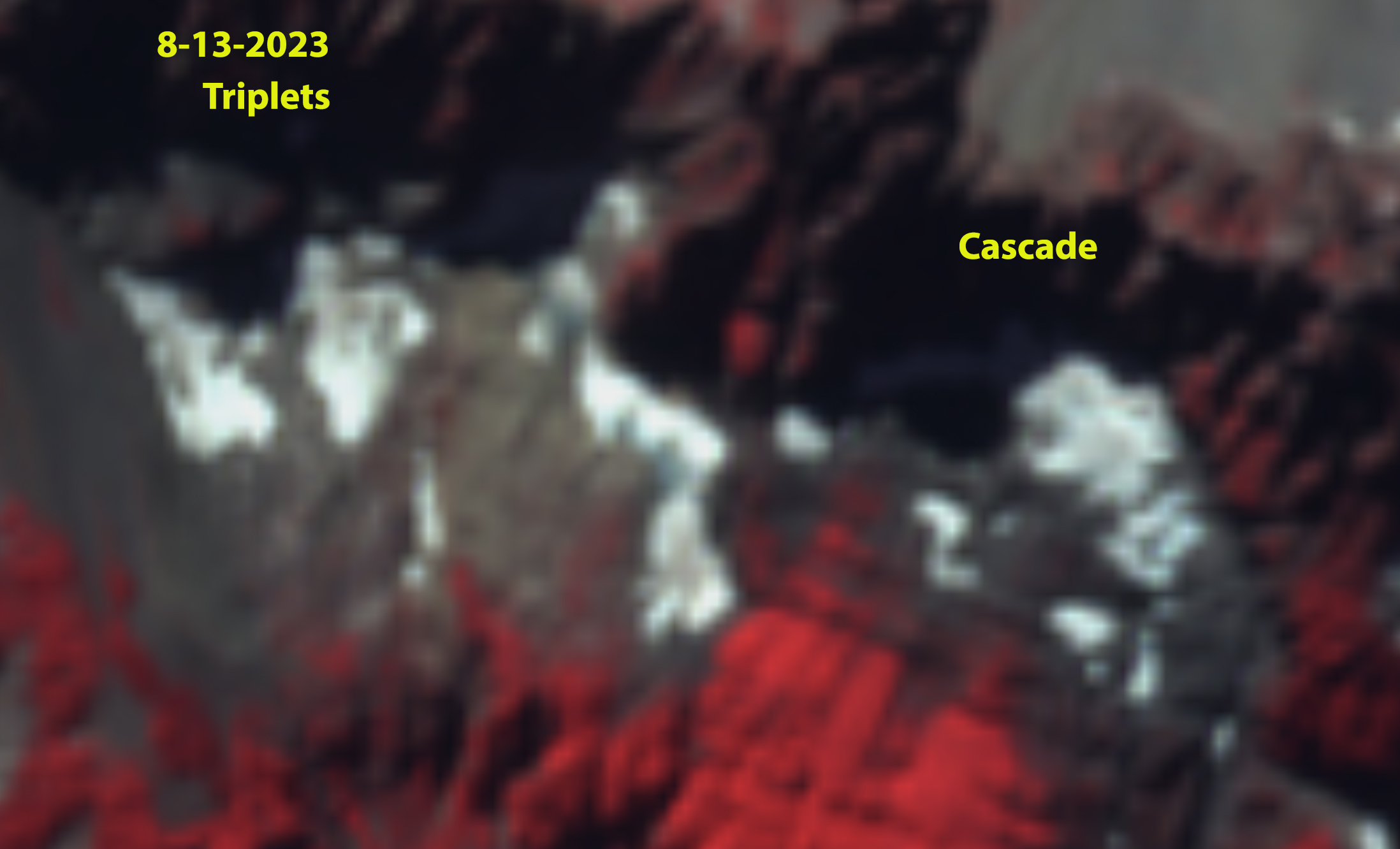
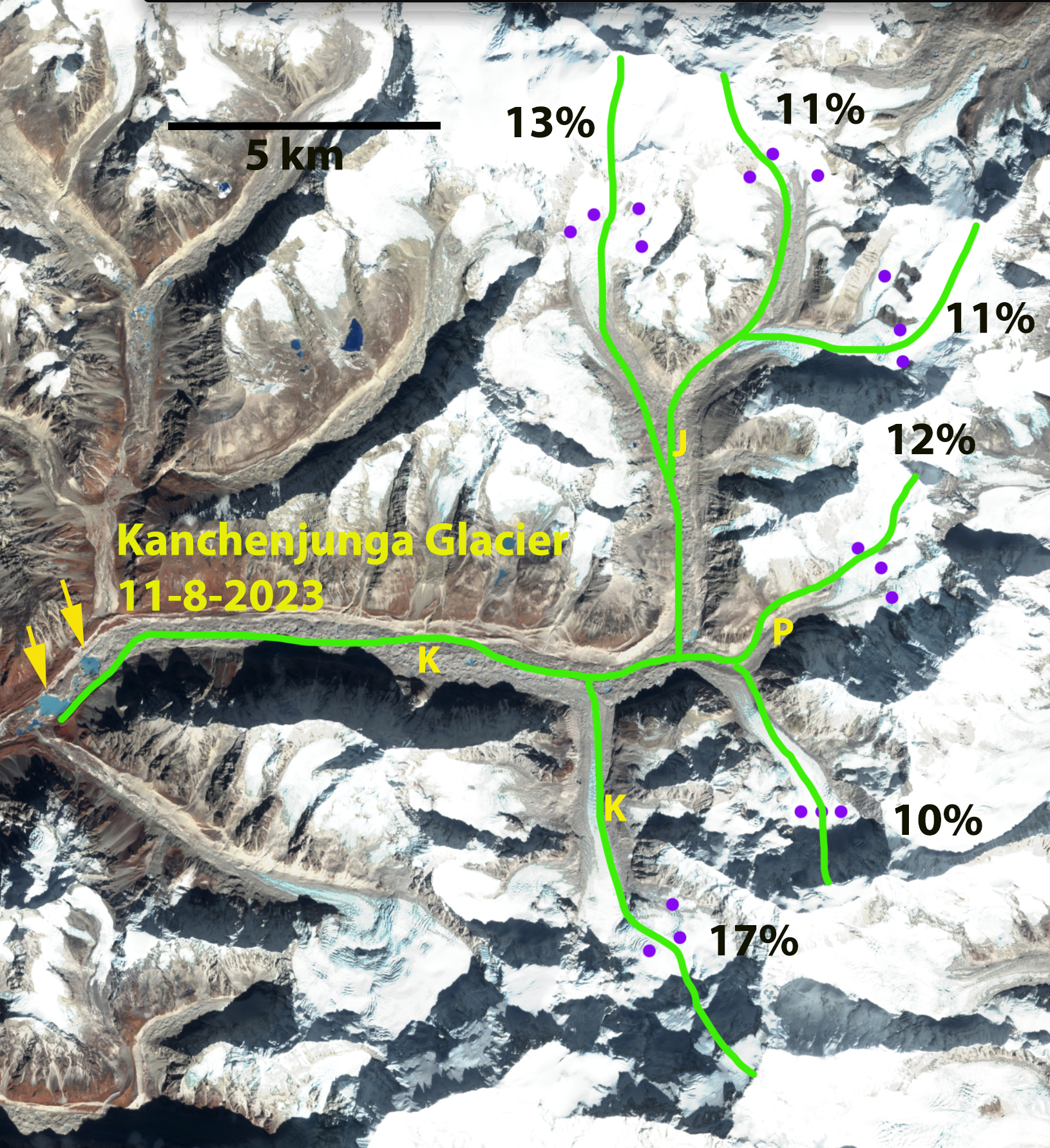
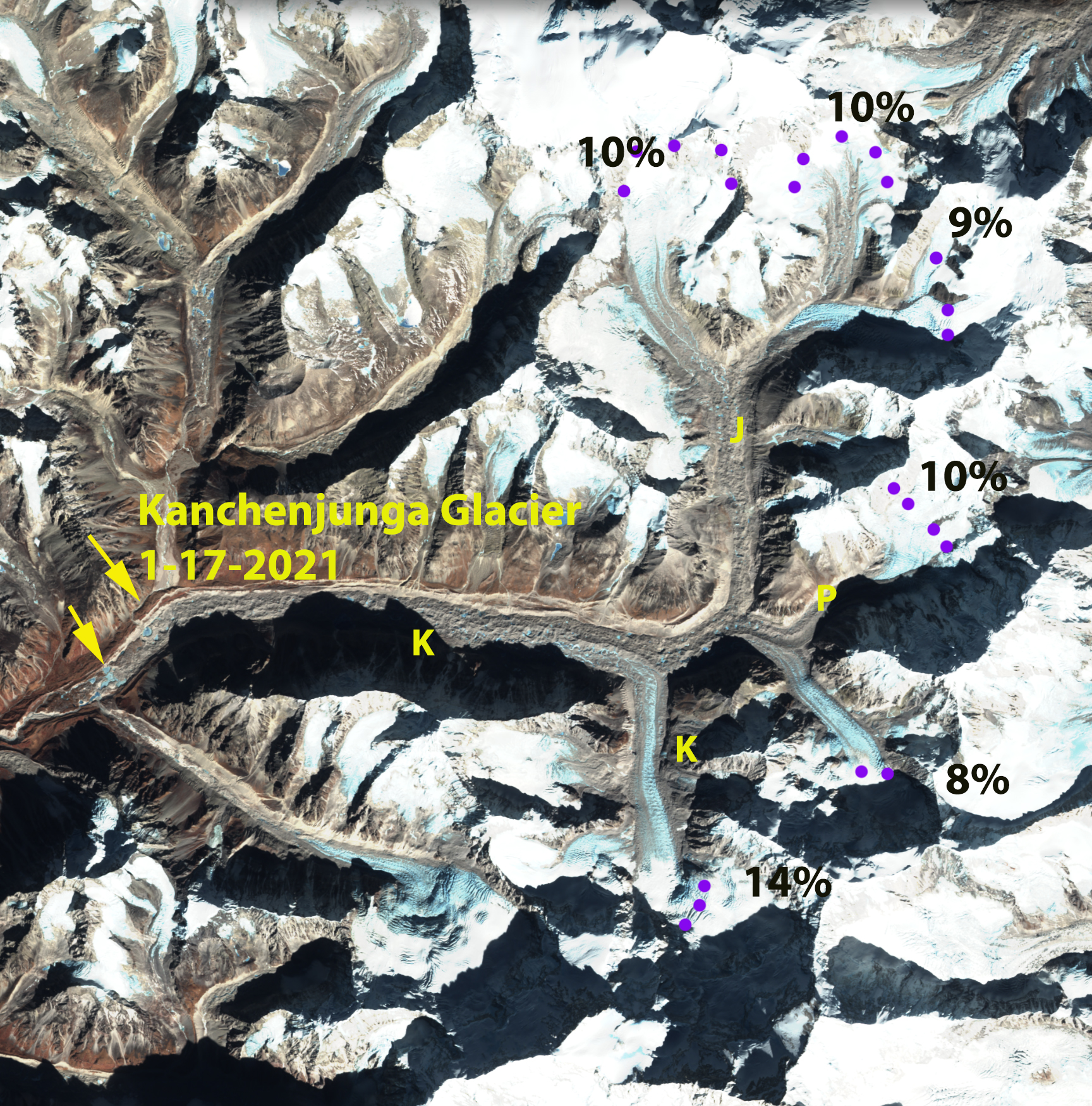
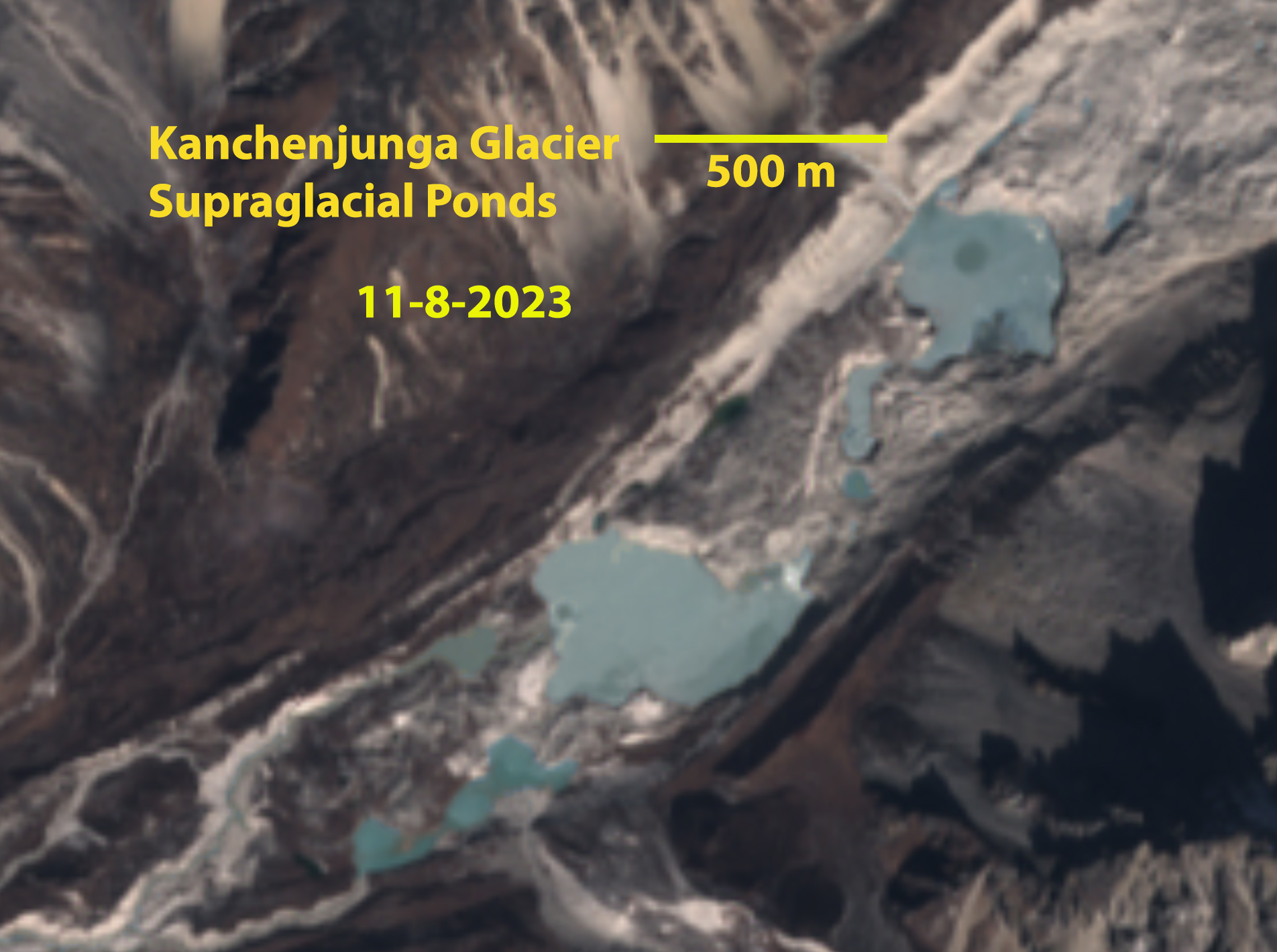
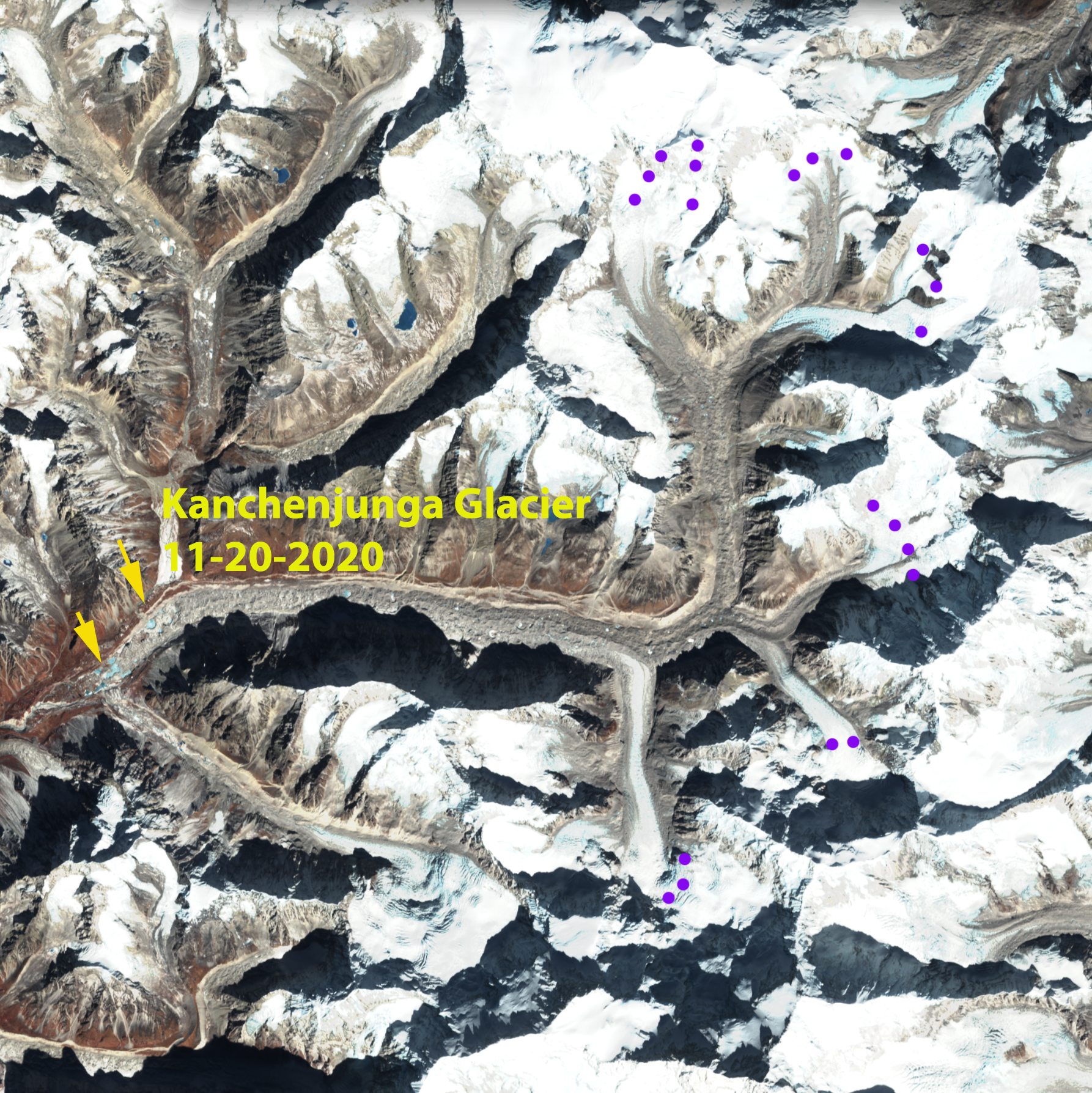
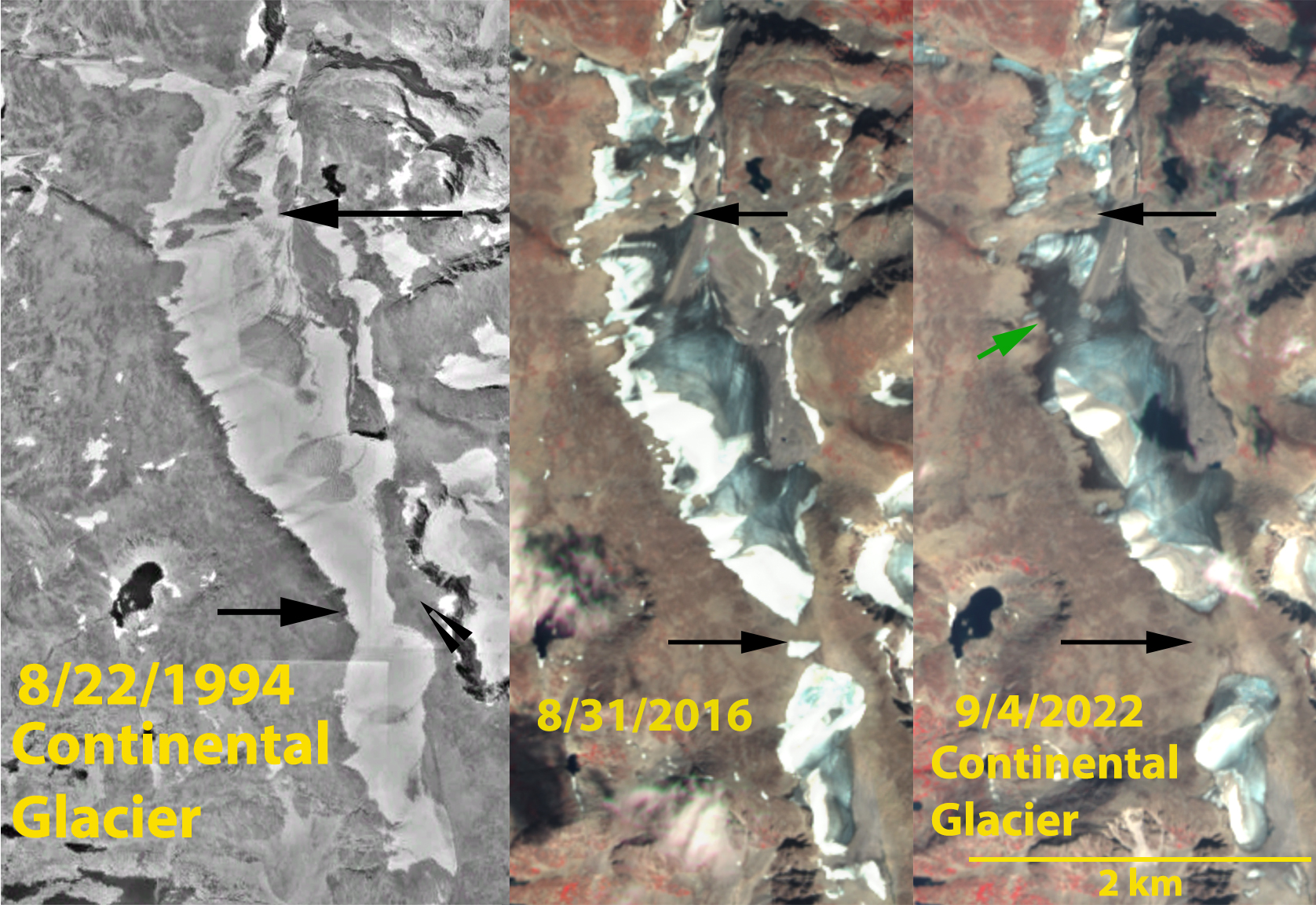
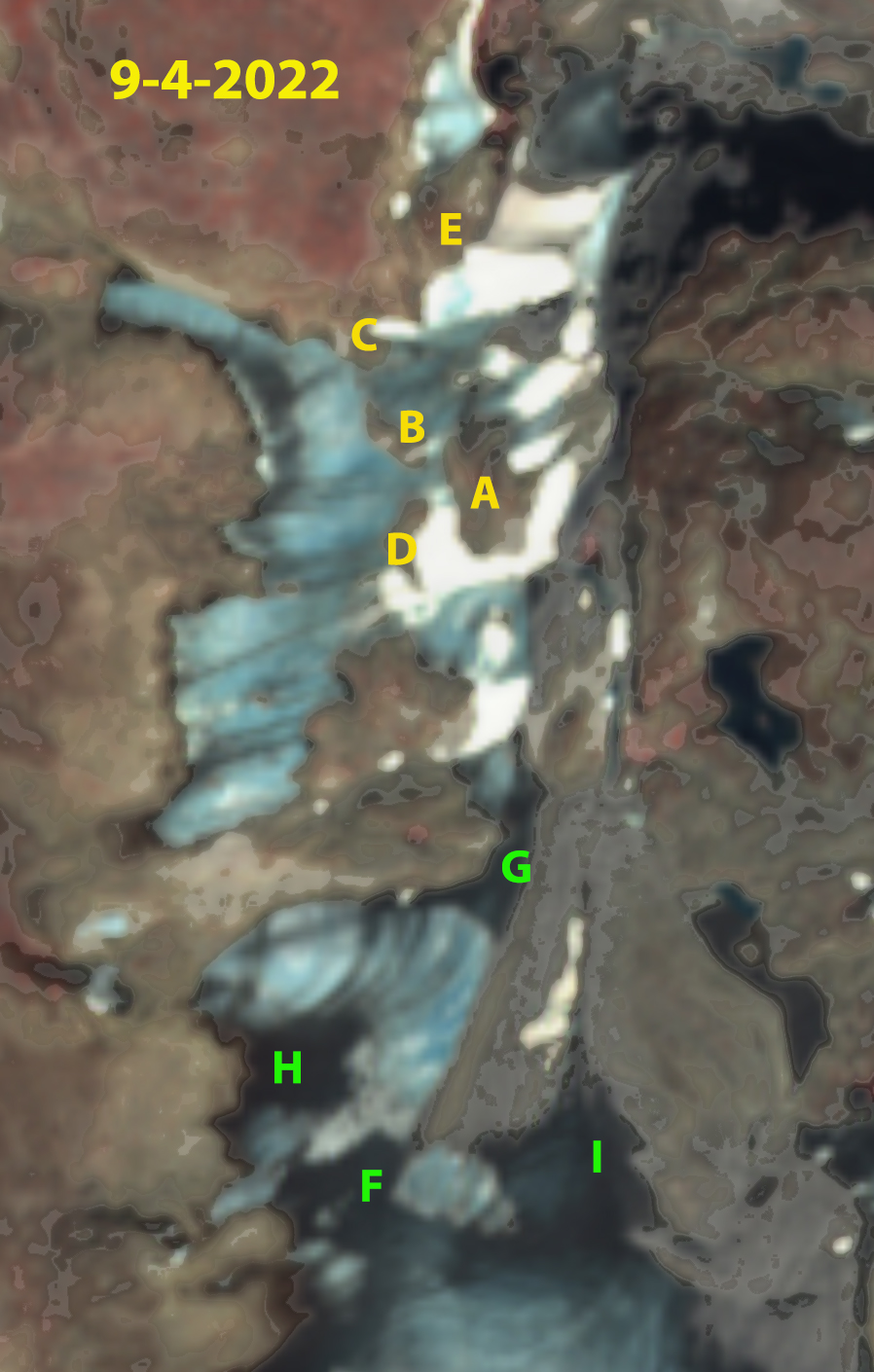
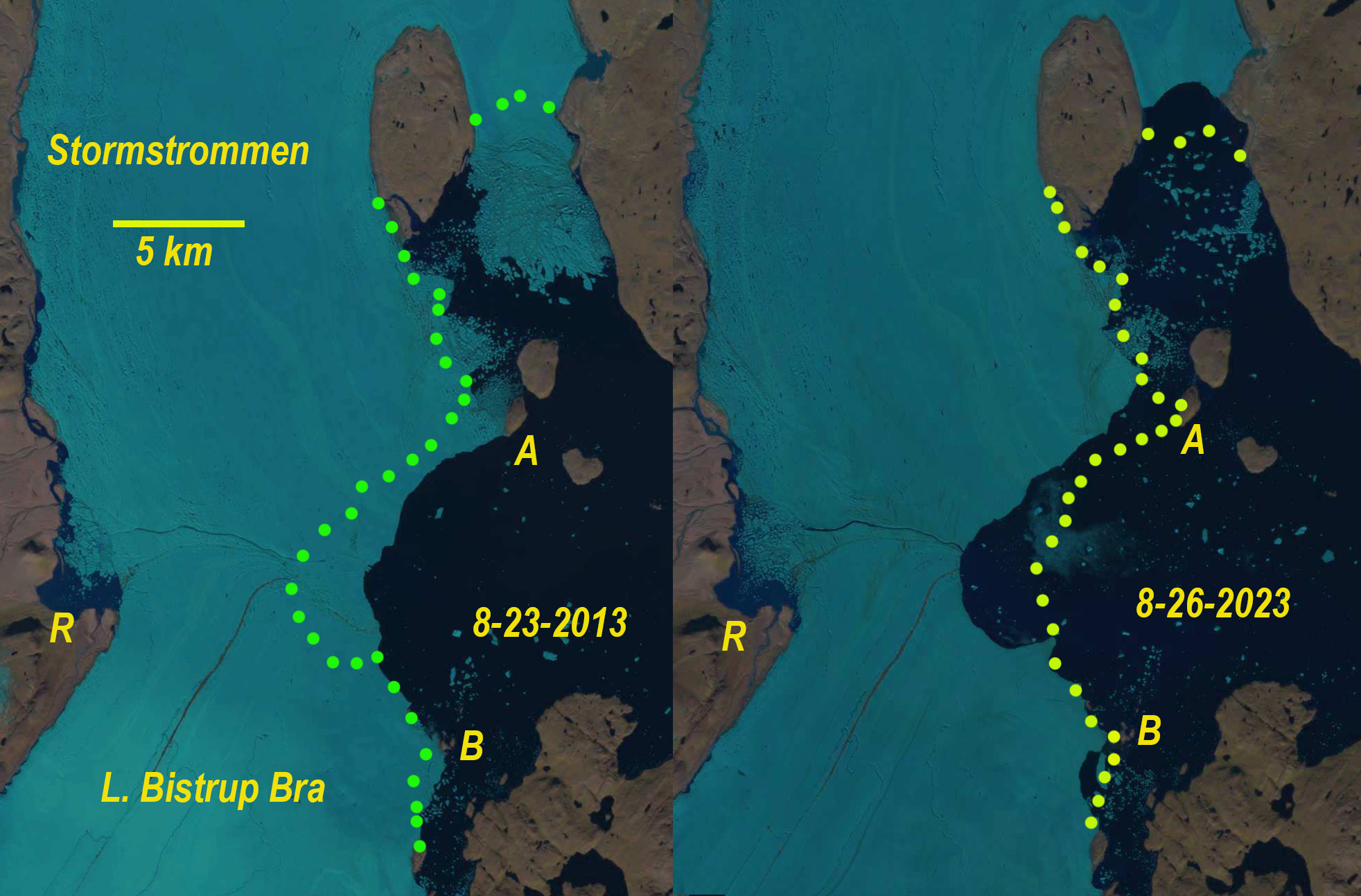
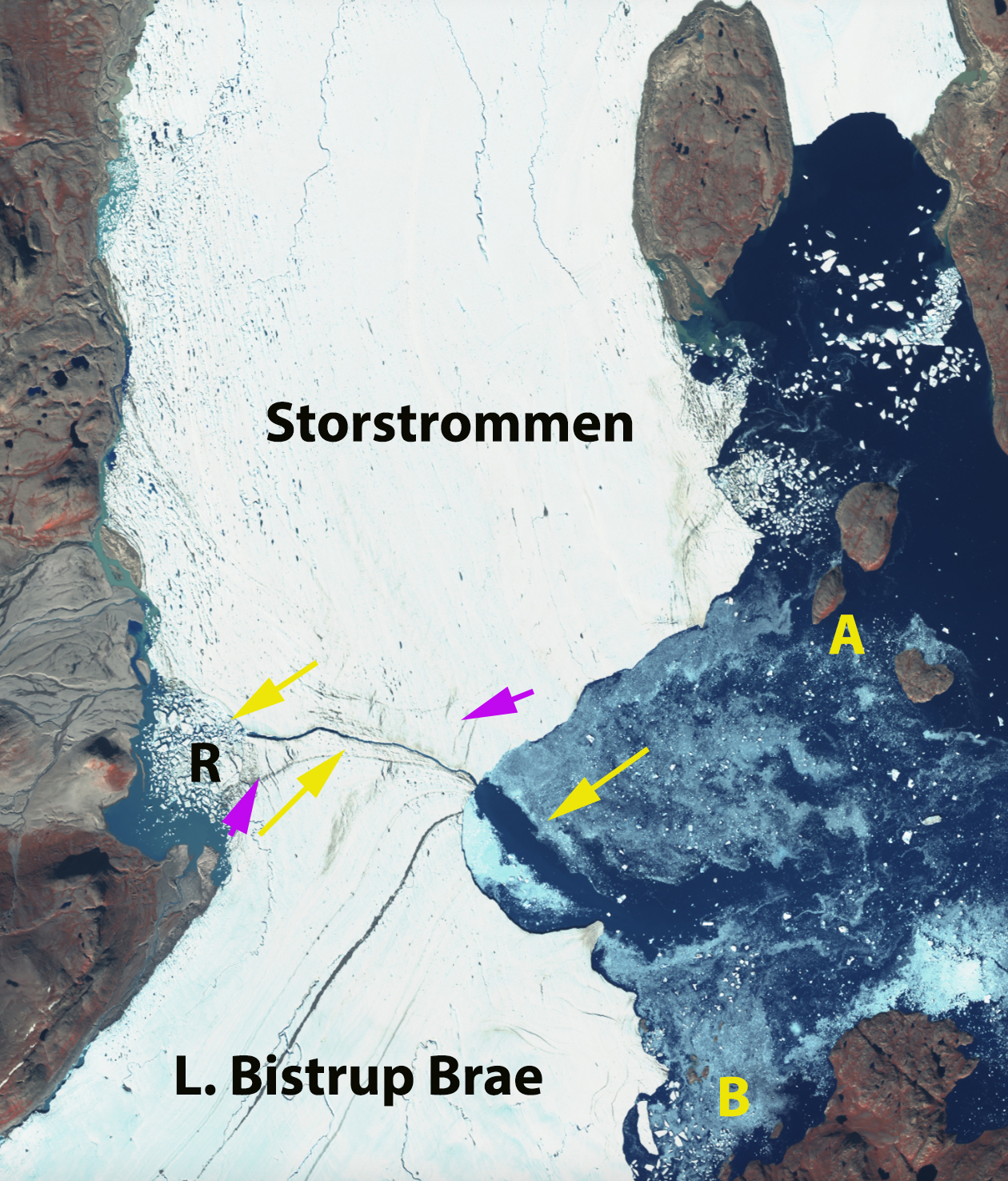

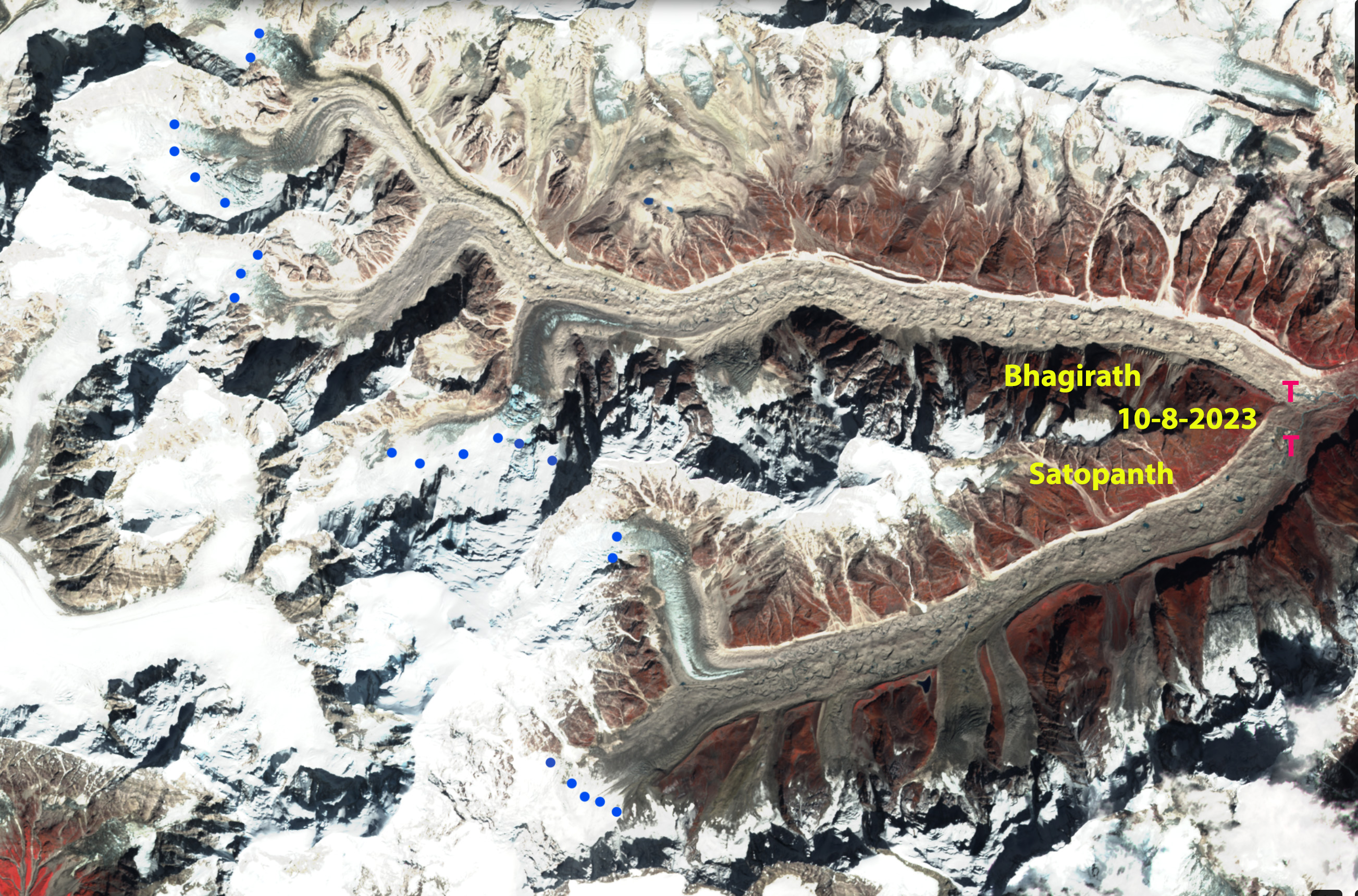
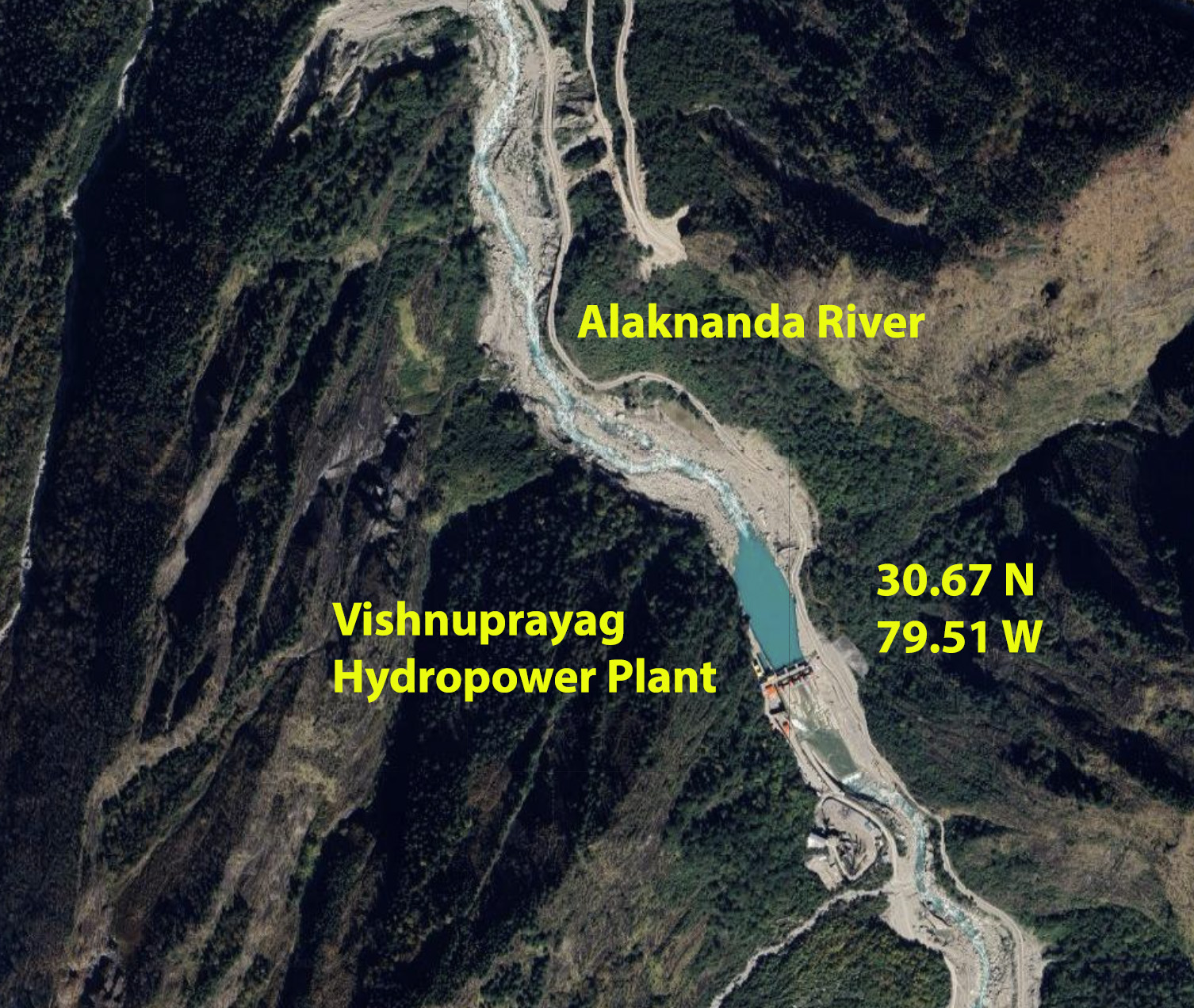
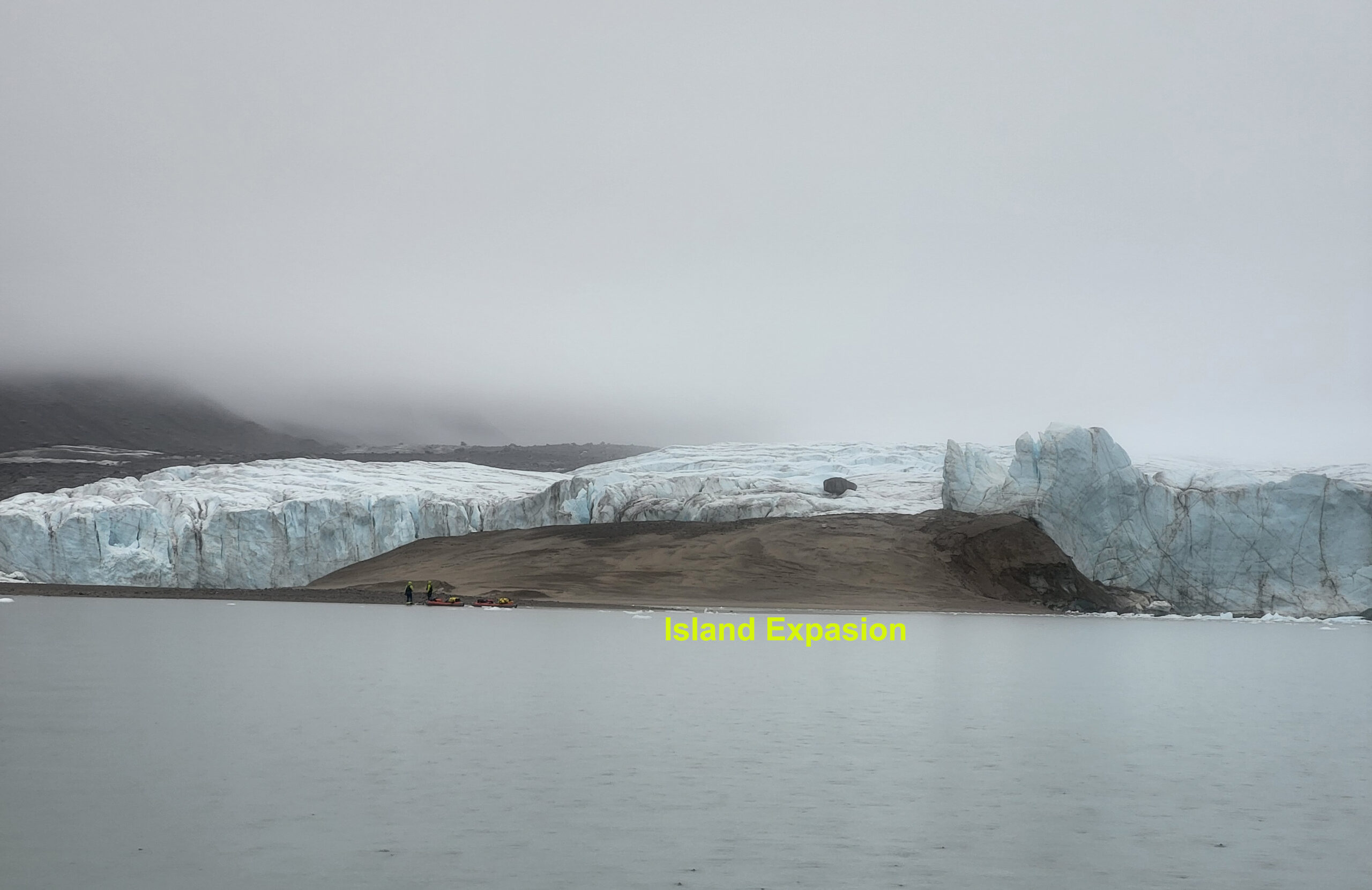

 The climbing team visiting the oldest part of the island looking toward newest part (Bischke/Biner/Bessen/Klemmensen)
The climbing team visiting the oldest part of the island looking toward newest part (Bischke/Biner/Bessen/Klemmensen)
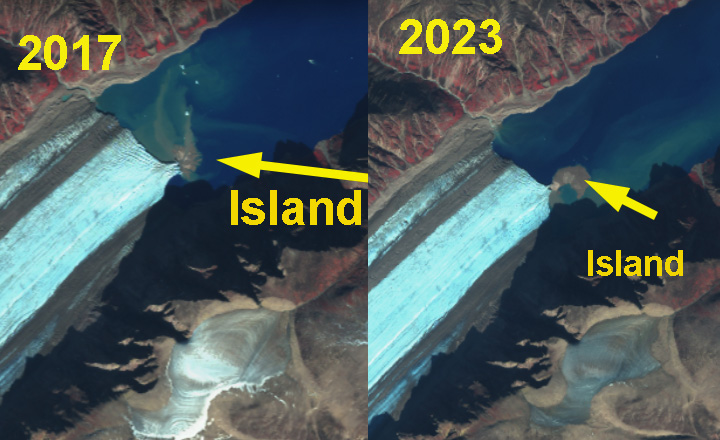



 Tributary 7 and 8 are still connected, though 7 has a detachment now (Bischke/Biner/Bessen/Klemmensen)
Tributary 7 and 8 are still connected, though 7 has a detachment now (Bischke/Biner/Bessen/Klemmensen)